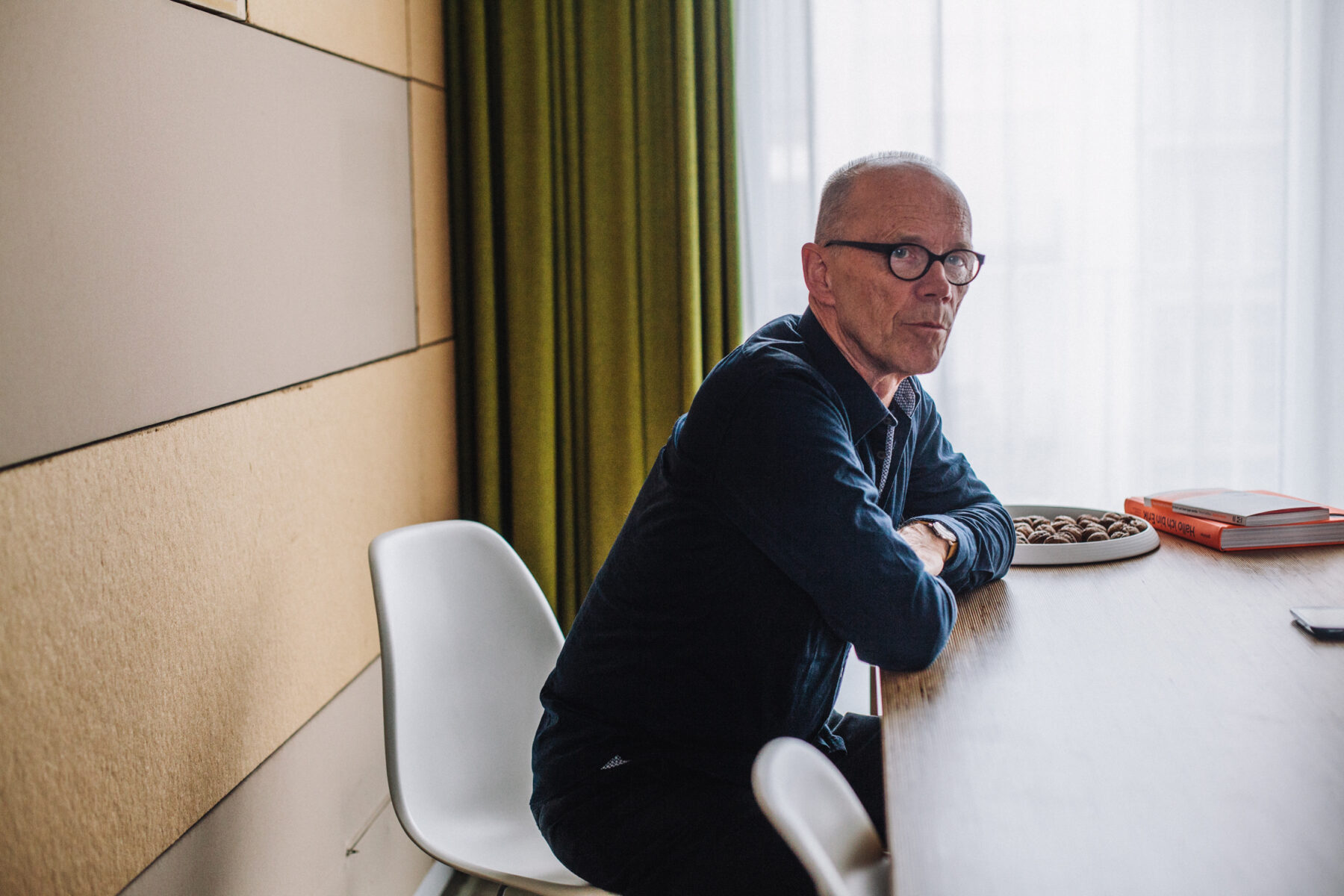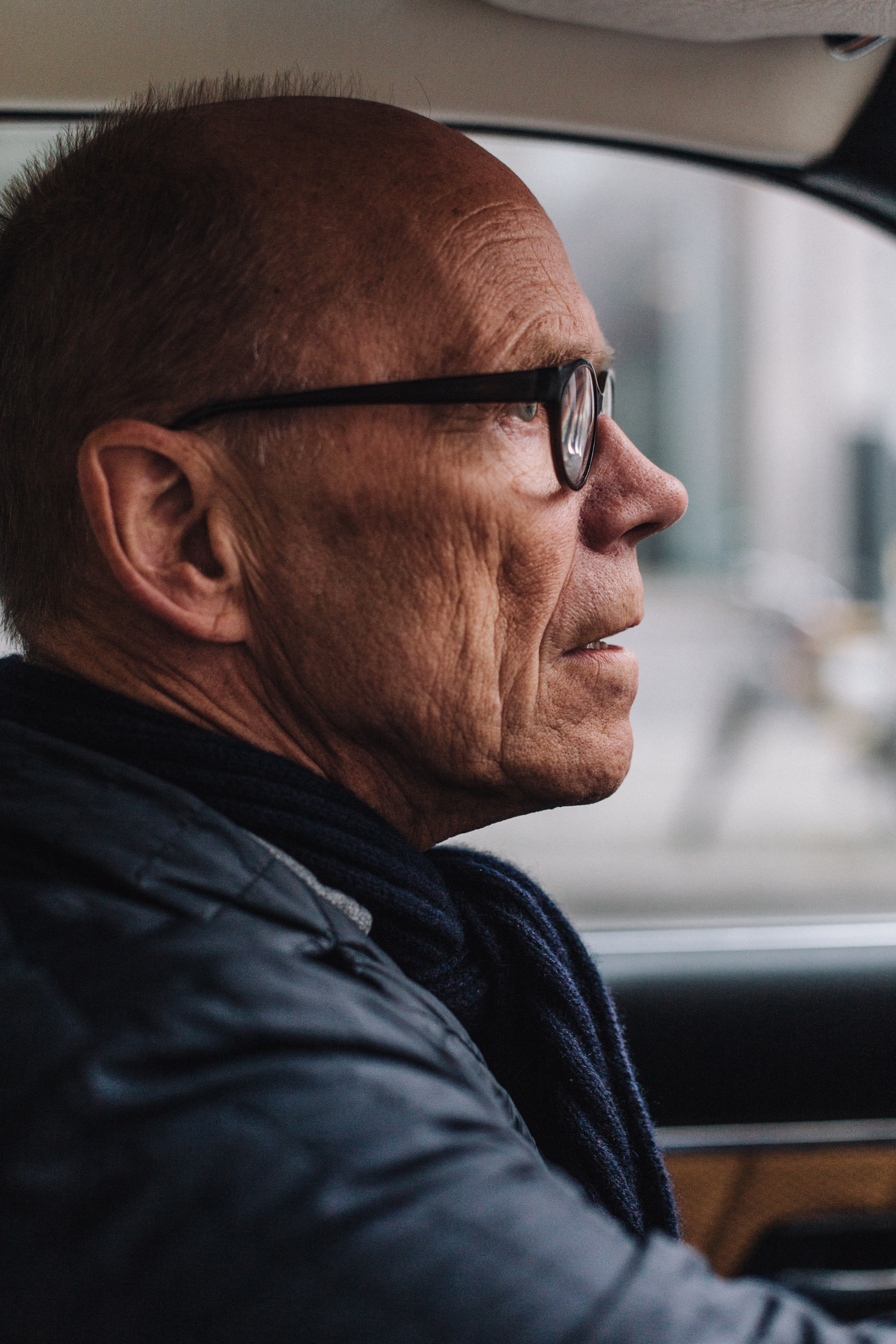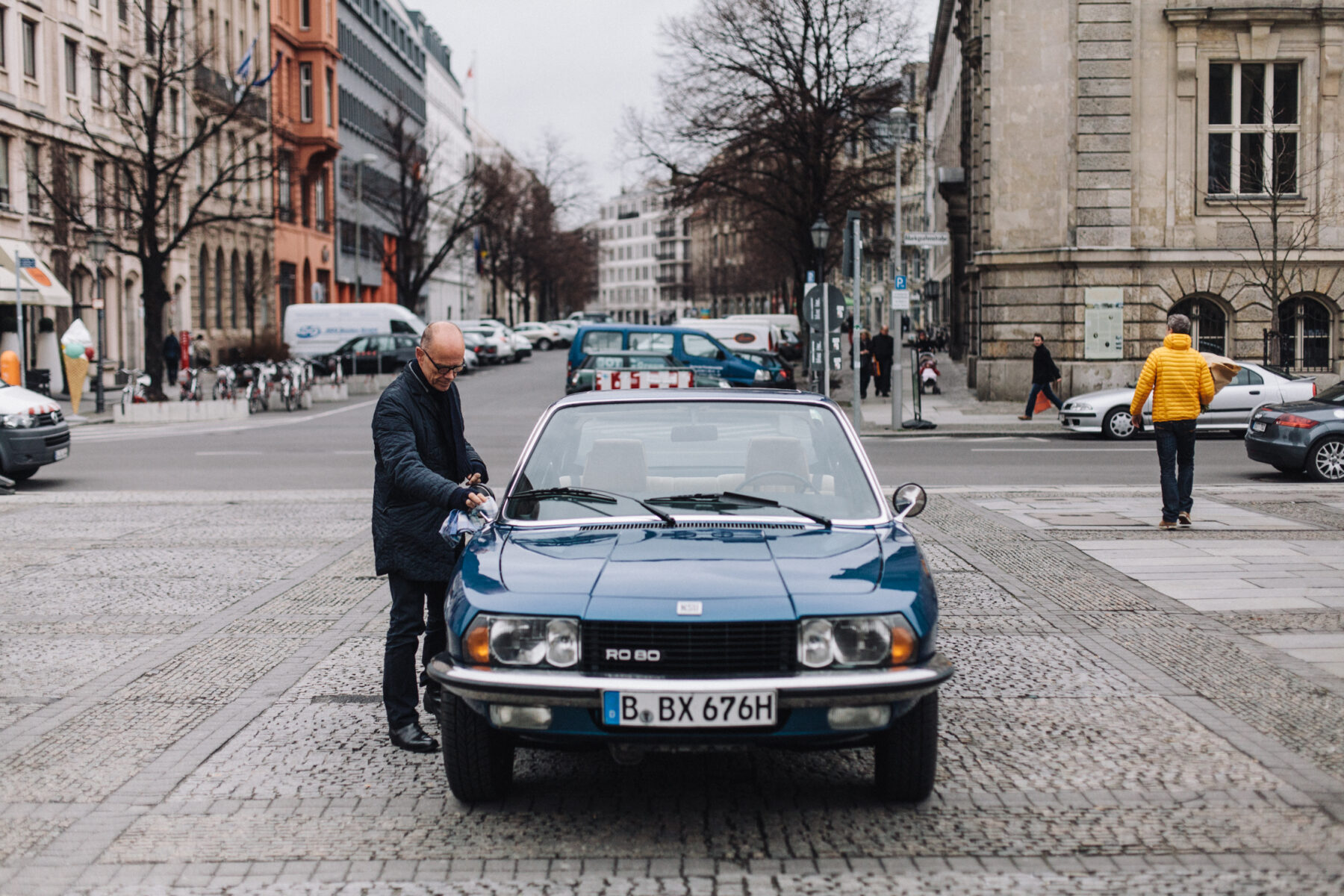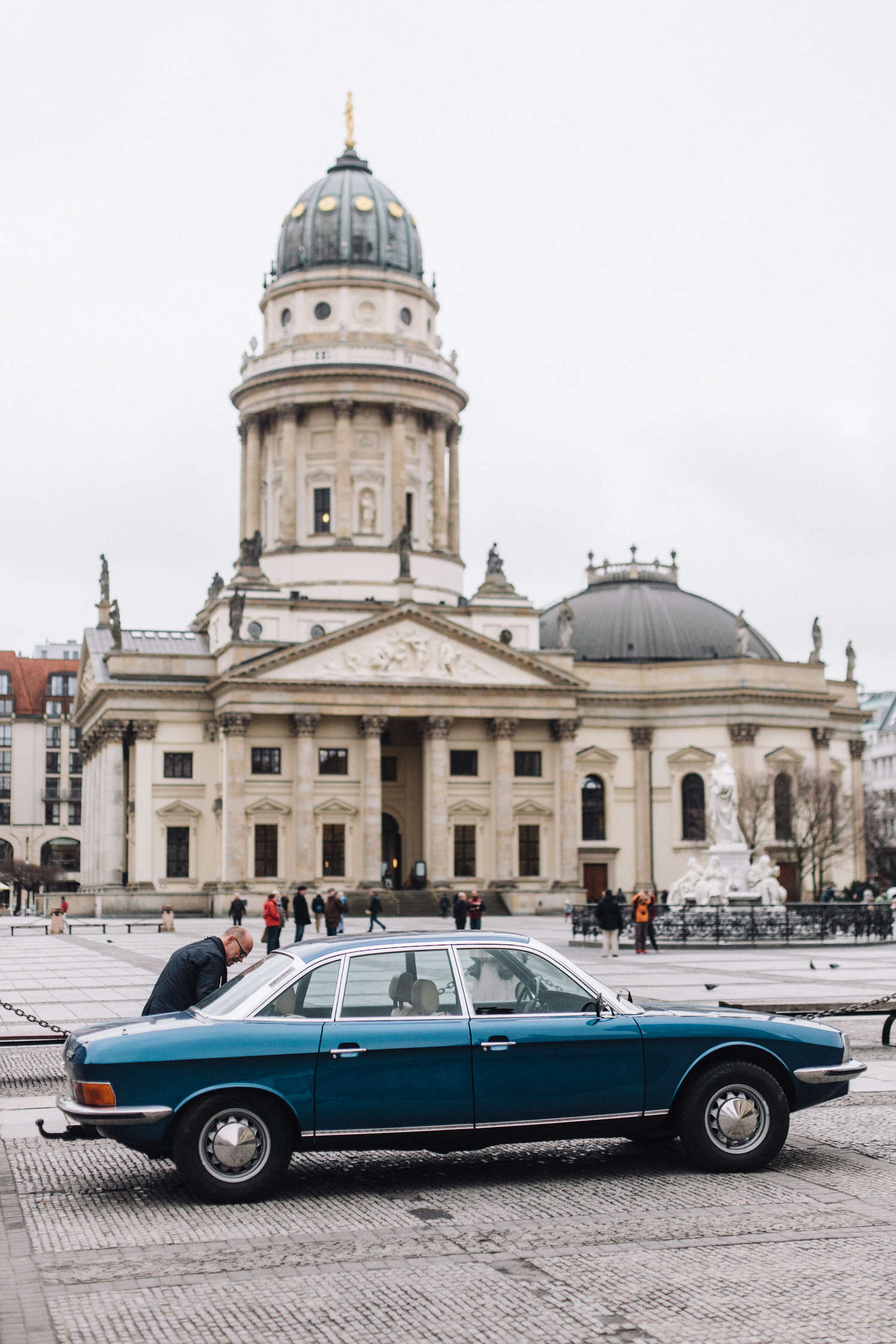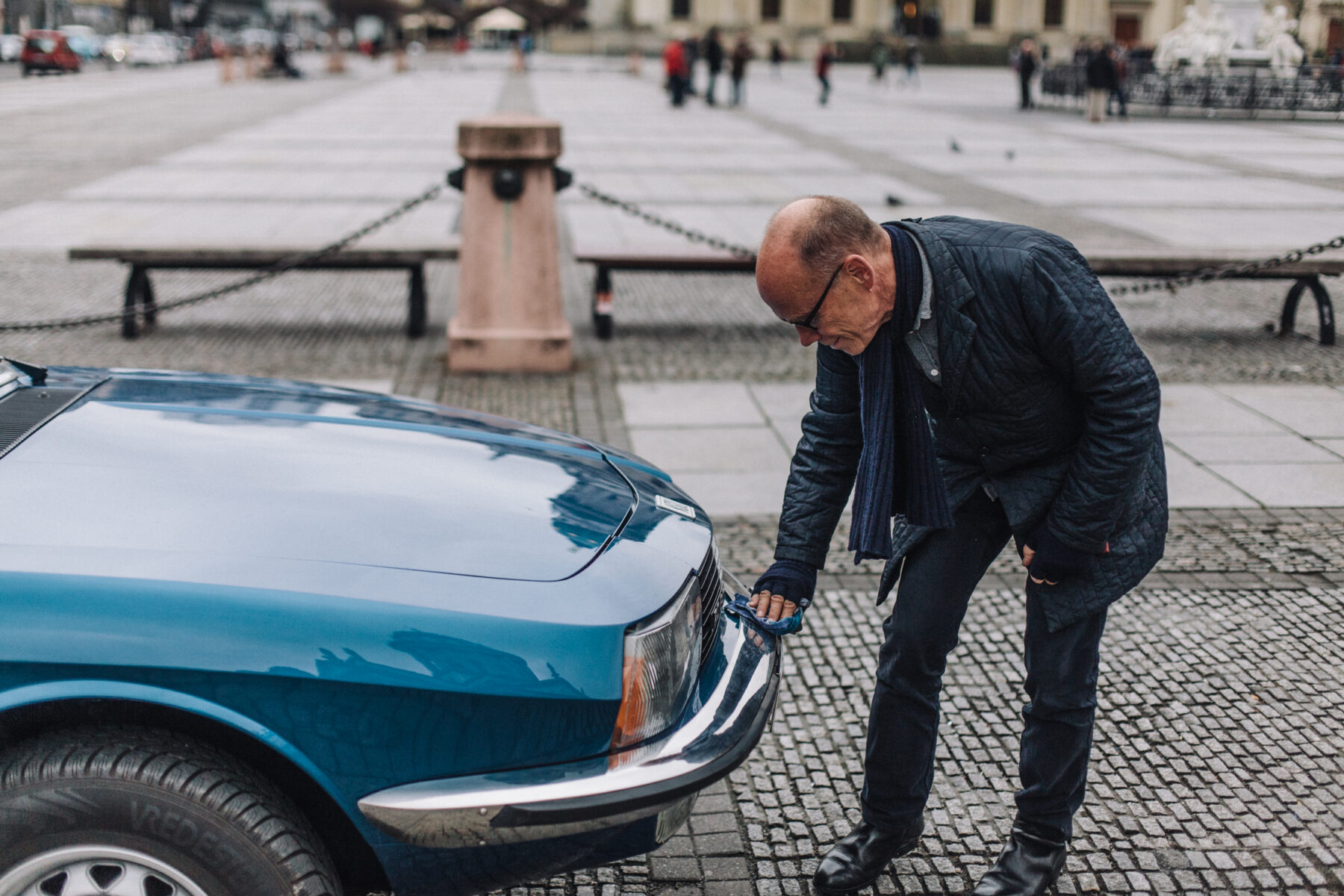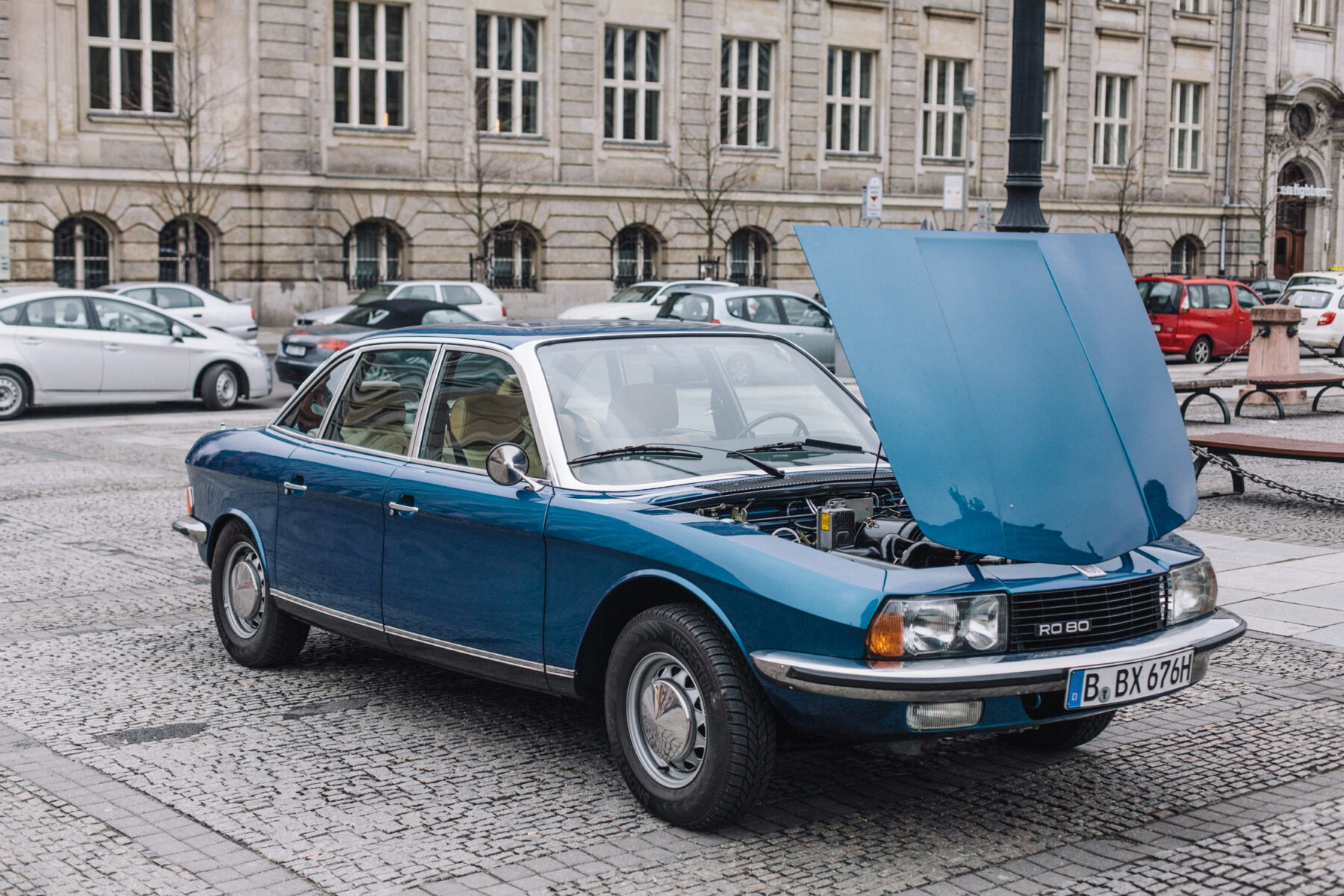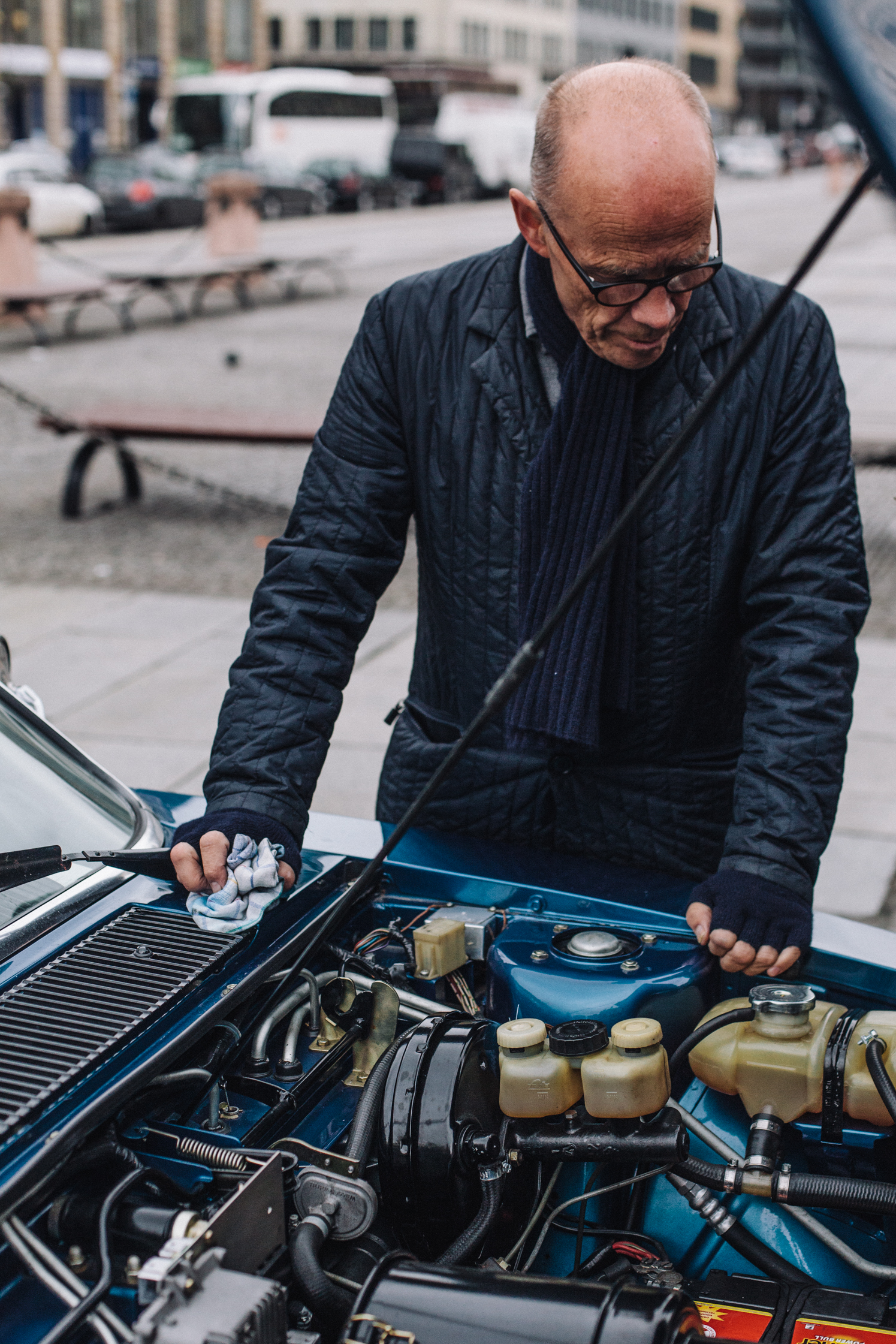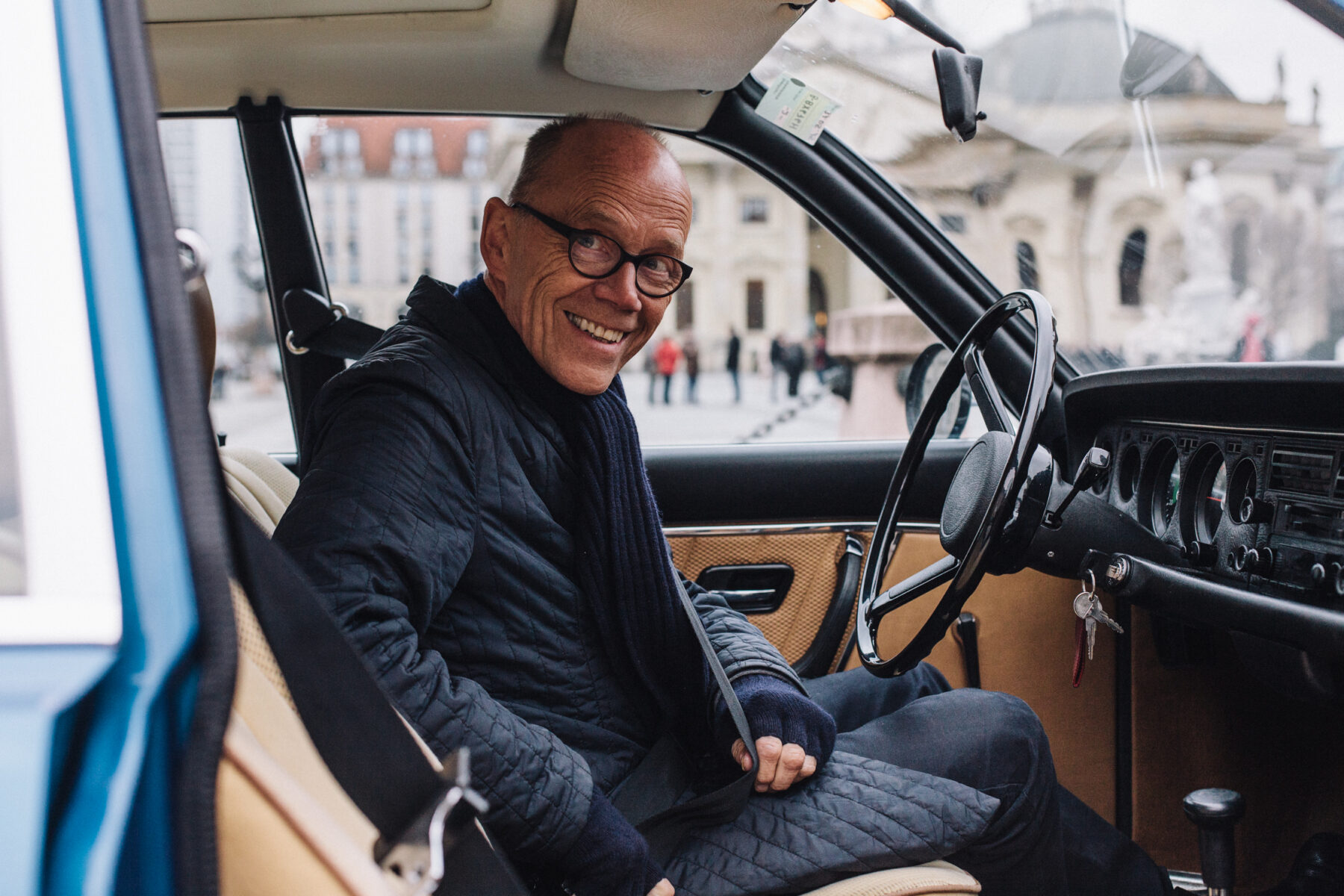Erik Spiekermann’s name is ubiquitous in graphic design and the world of typography, perhaps he’s best known for the signage Berliners see everyday – he created the passenger information for the BVG (Berlin Transit) and the current Deutsche Bahn aesthetic – as well as campaigns for Audi, Volkswagen and Nokia.
The list goes on and spans decades of collaborations and clients. As the founder of FontShop, the first mail-order distributor for digital fonts, and namesake of Berlin’s Edenspiekermann agency, Erik remarks that he’s worked with everyone in the Berlin design scene and their brother. “Someone made a map of at least 600 people in Berlin who have worked with me at some time. It just means that I am old,” he muses.
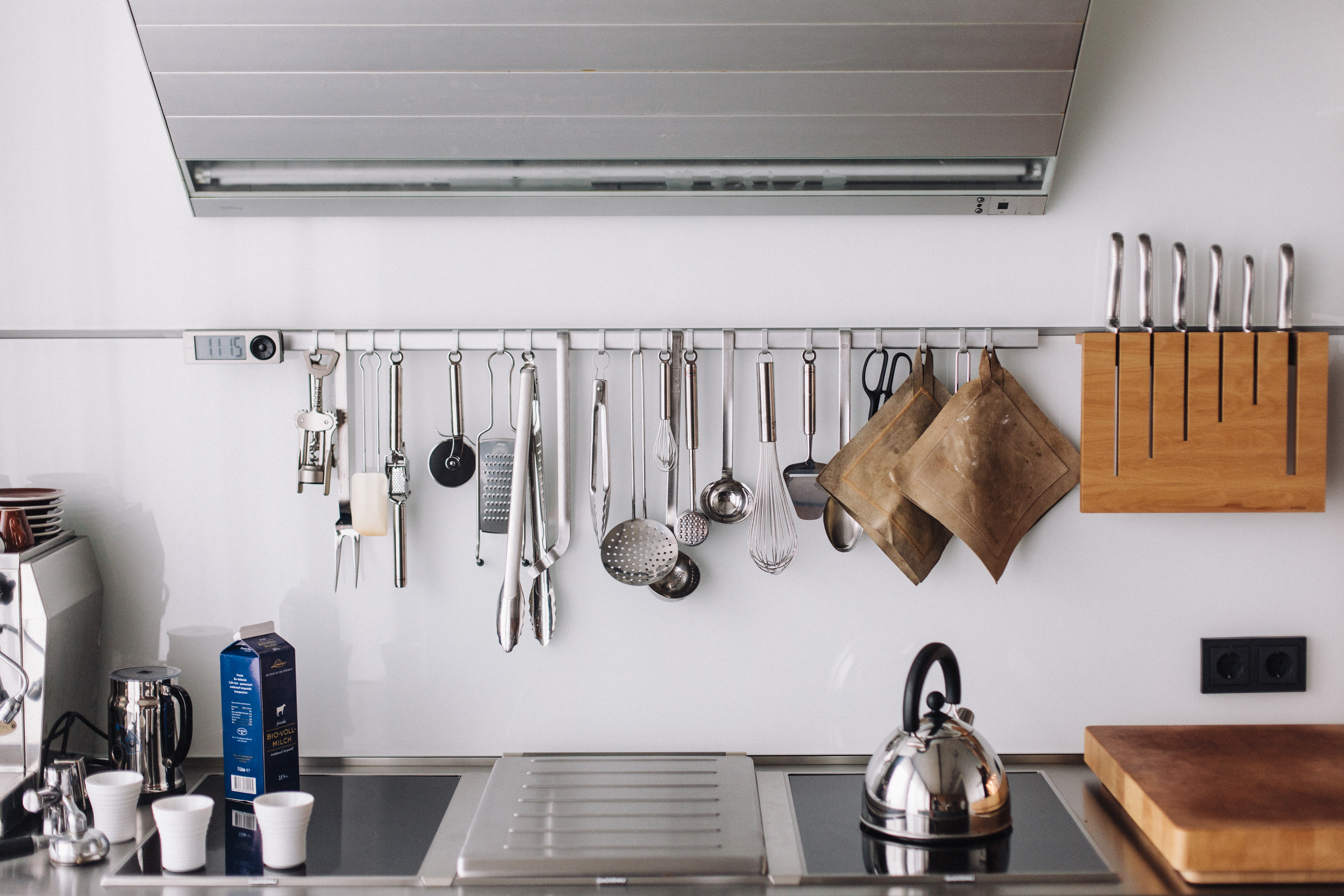
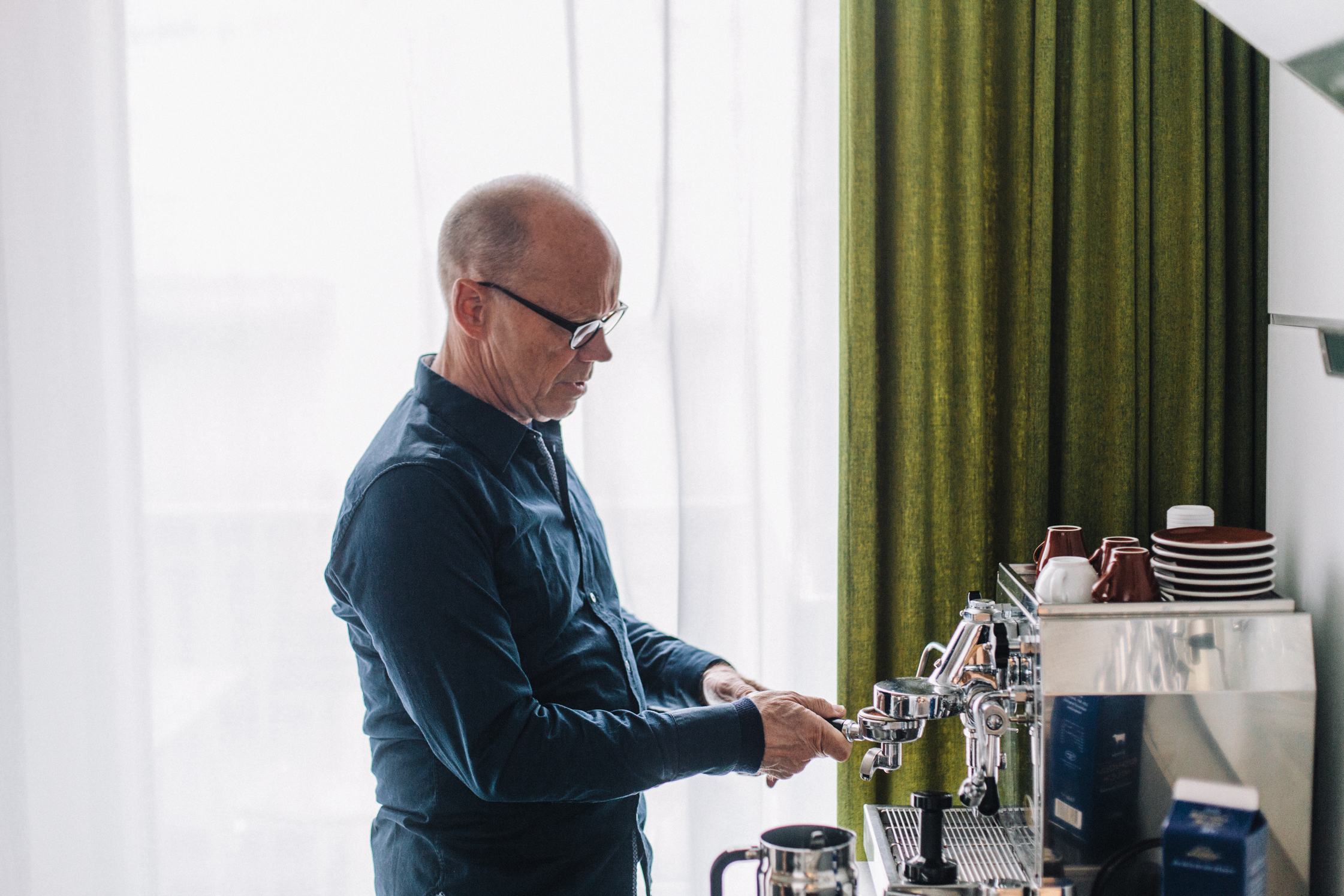

Erik Spiekermann is prolific, even famous, in some circles. A winner of three lifetime achievement awards needn’t brag, and Spiekermann doesn’t, though he is aware of his worth through and through, speaking with enthusiasm and no remorse for his spirited and unflinching rules and ideas, like his famous dictum: “Don’t work for assholes. Don’t work with assholes.” Of course it has it’s own poster and can be found around Berlin (even at the Buchstabenmusuem as part of an exhibit). Retired, yet active as ever, when he’s not traveling to speak at conferences, creating new work at P98a, his letterpress design studio, or spending time with his wife, he might be found cracking away at multiple projects and ideas in their seven-story Mitte townhouse uniquely separated by floors rather than walls.
This portrait is part of our ongoing series with Vitra. Visit Vitra Magazine to find out more about Erik’s interior.
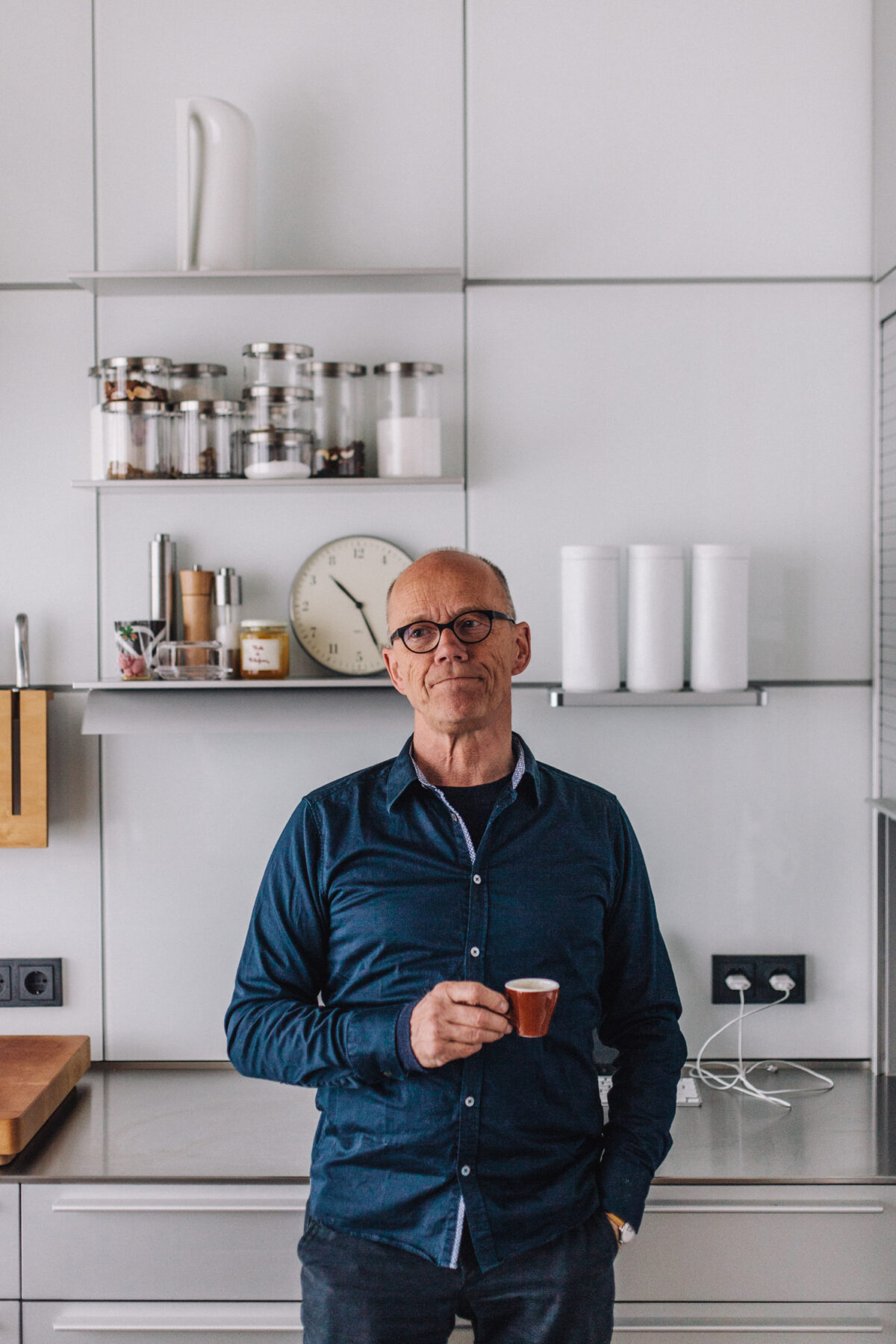
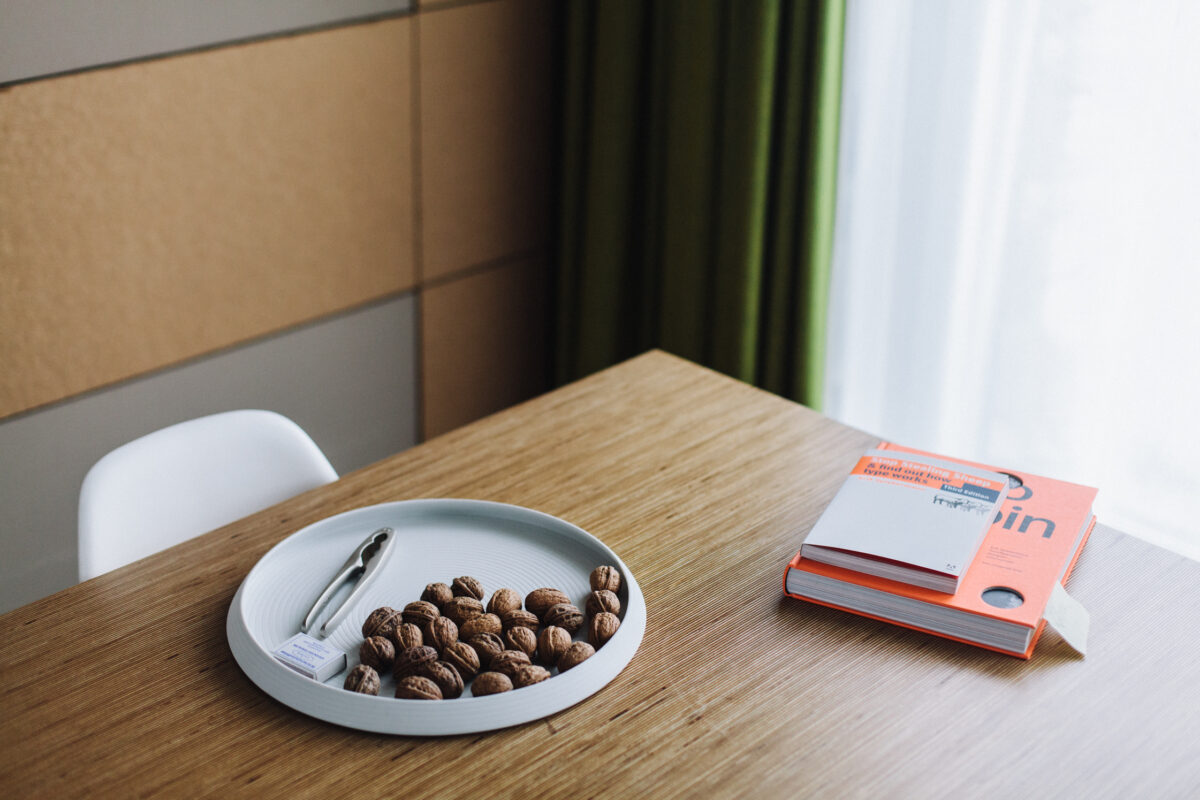
Walking through his airy home, one gets a feel for Erik’s personality. With large windows on every floor of the narrow space, natural light floods in, bestowing the rooms with a feeling of calm retreat in the center of Berlin.
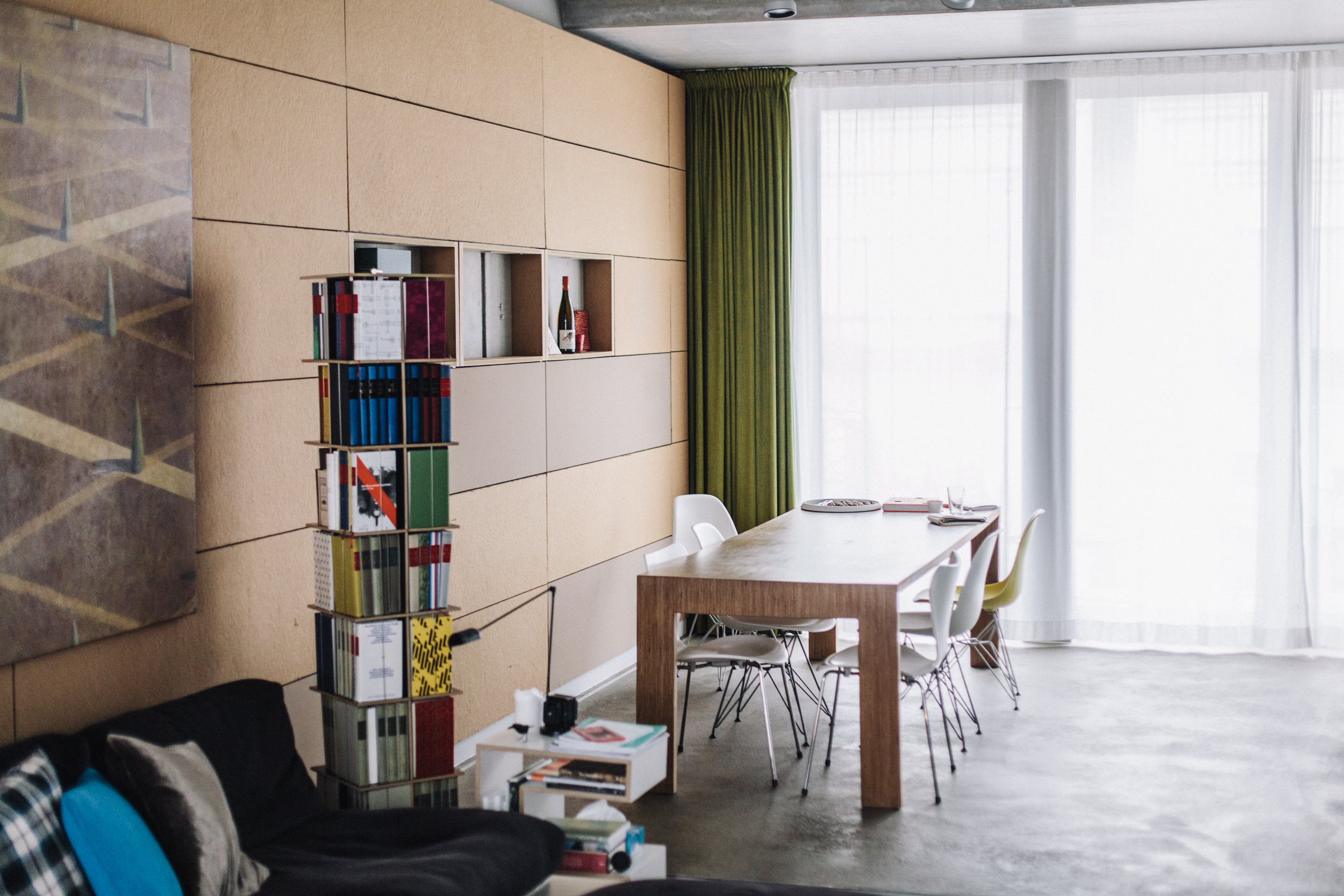
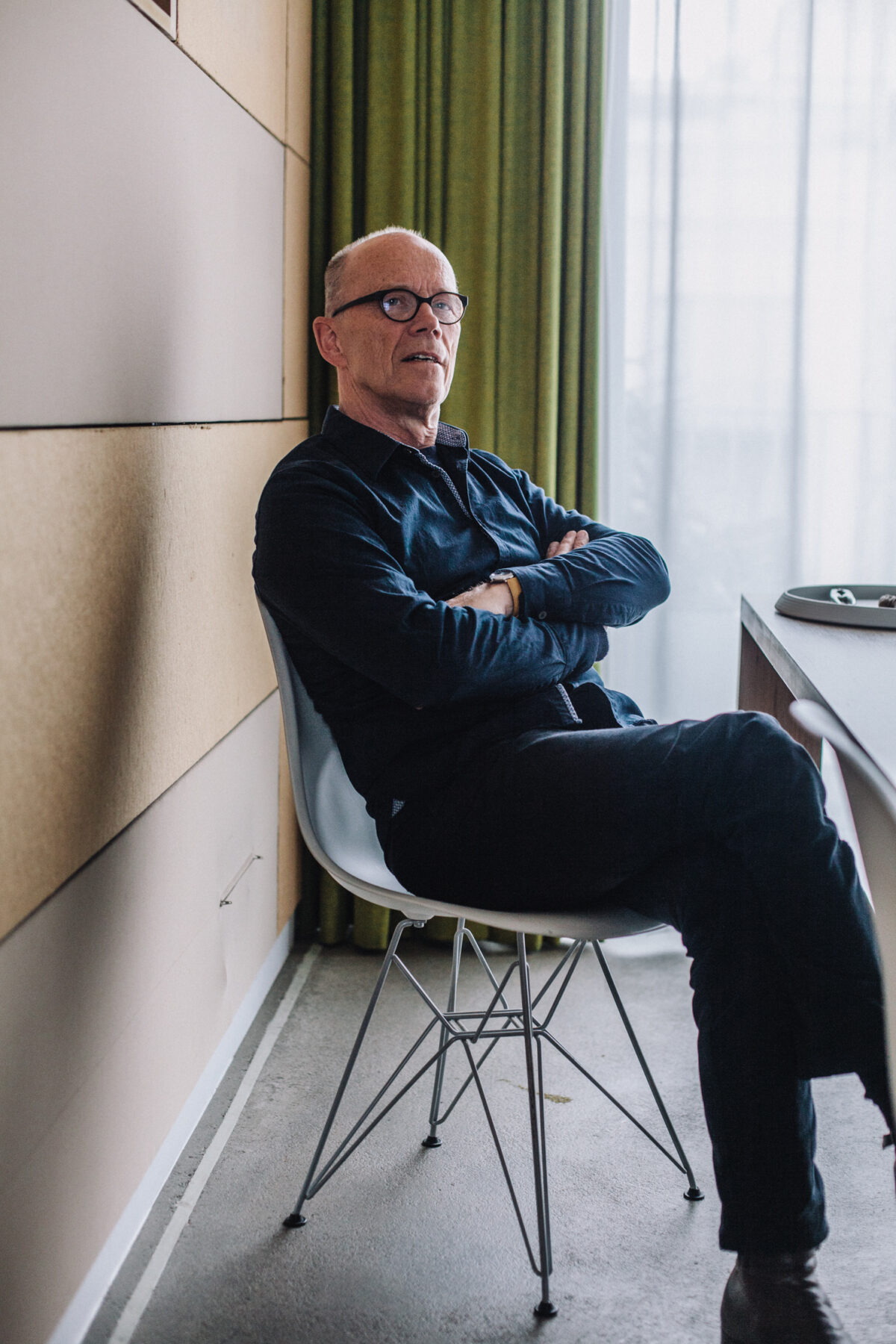
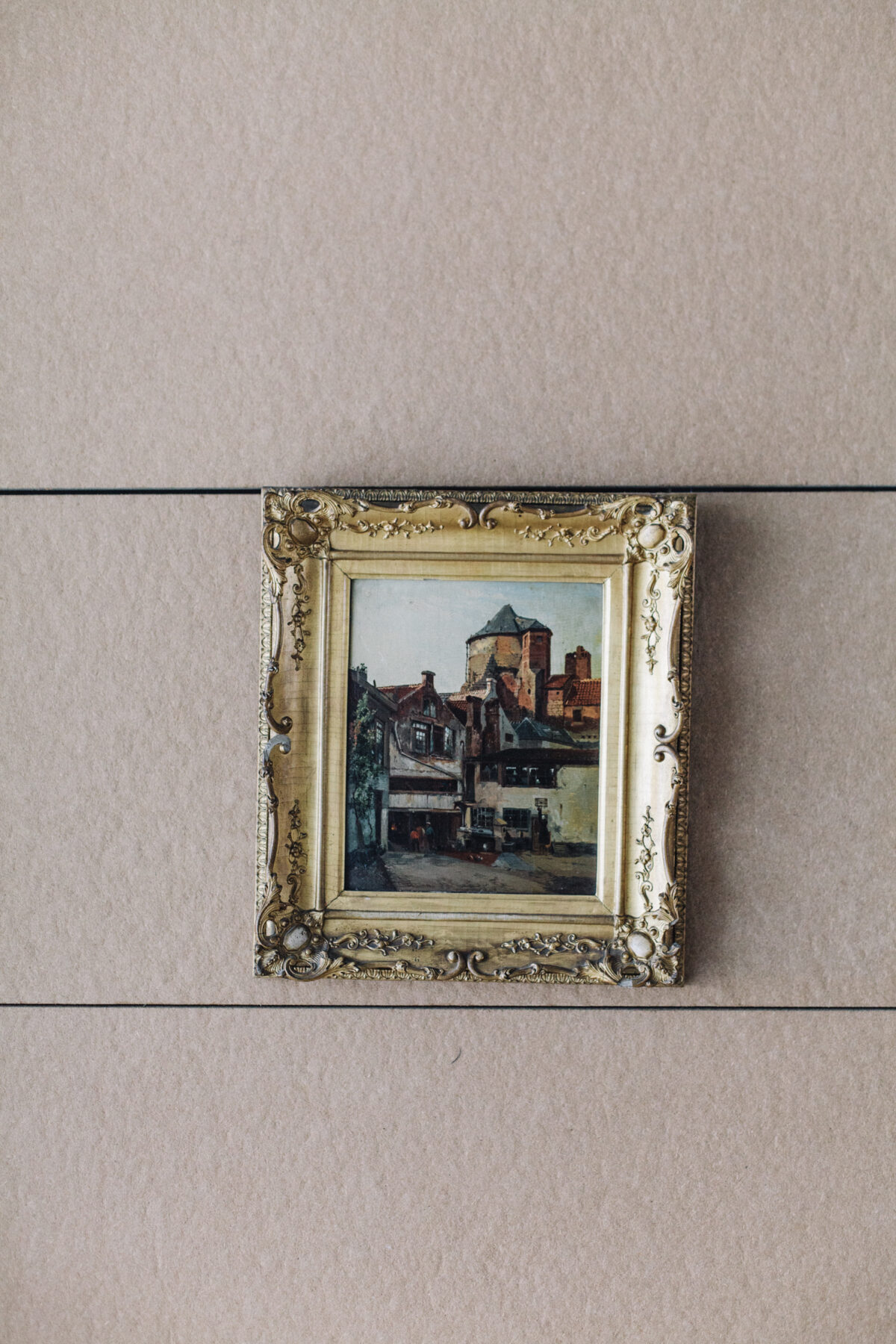
Floors one and two are rented to an office, and the third is Erik’s personal workspace, where a simple desk with drawers supports his computer. A project is clearly in progress: there are several metallic silver suitcases, which Erik laughs about, “Why do I need so many?” There are documents and boxes of archived materials on the long table from Erik’s former colleagues, who lent them for use in the book, Hello, I am Erik, written and compiled by Johannes Erler about Erik’s life and work. His Braun collection of stereo equipment is stacked six elements high. Pinned to the board by his desk a black and white strip of photos shows he and his wife striking comical poses. The posters and artwork throughout all have a stories behind them, either created by Erik himself, or gifted to him by friends. For example, the typographic map of Berlin that just arrived. Cut in linoleum and made by Erik’s friend, artist Mark Andrew Webber, unrolled it takes up the entire living room floor.
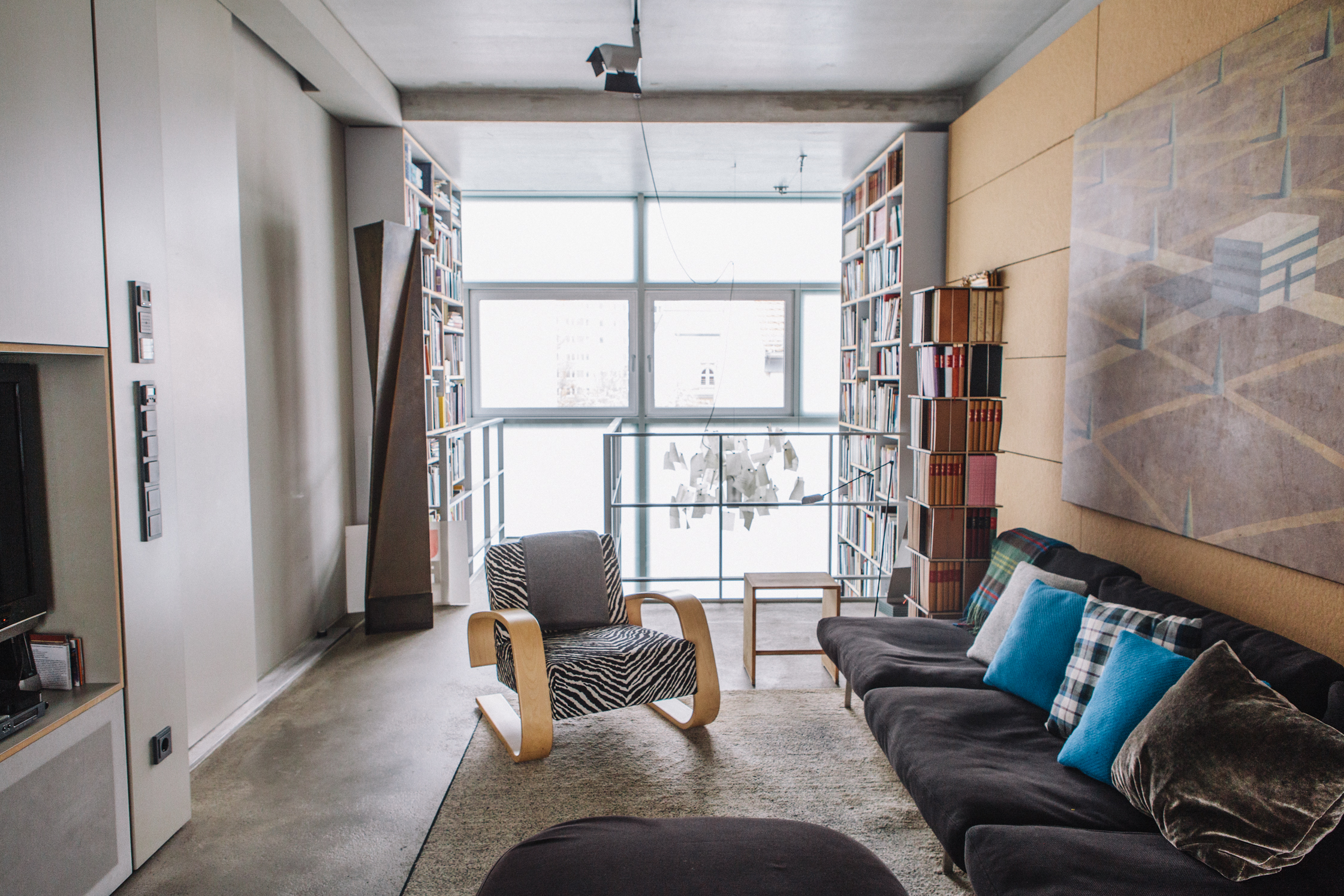
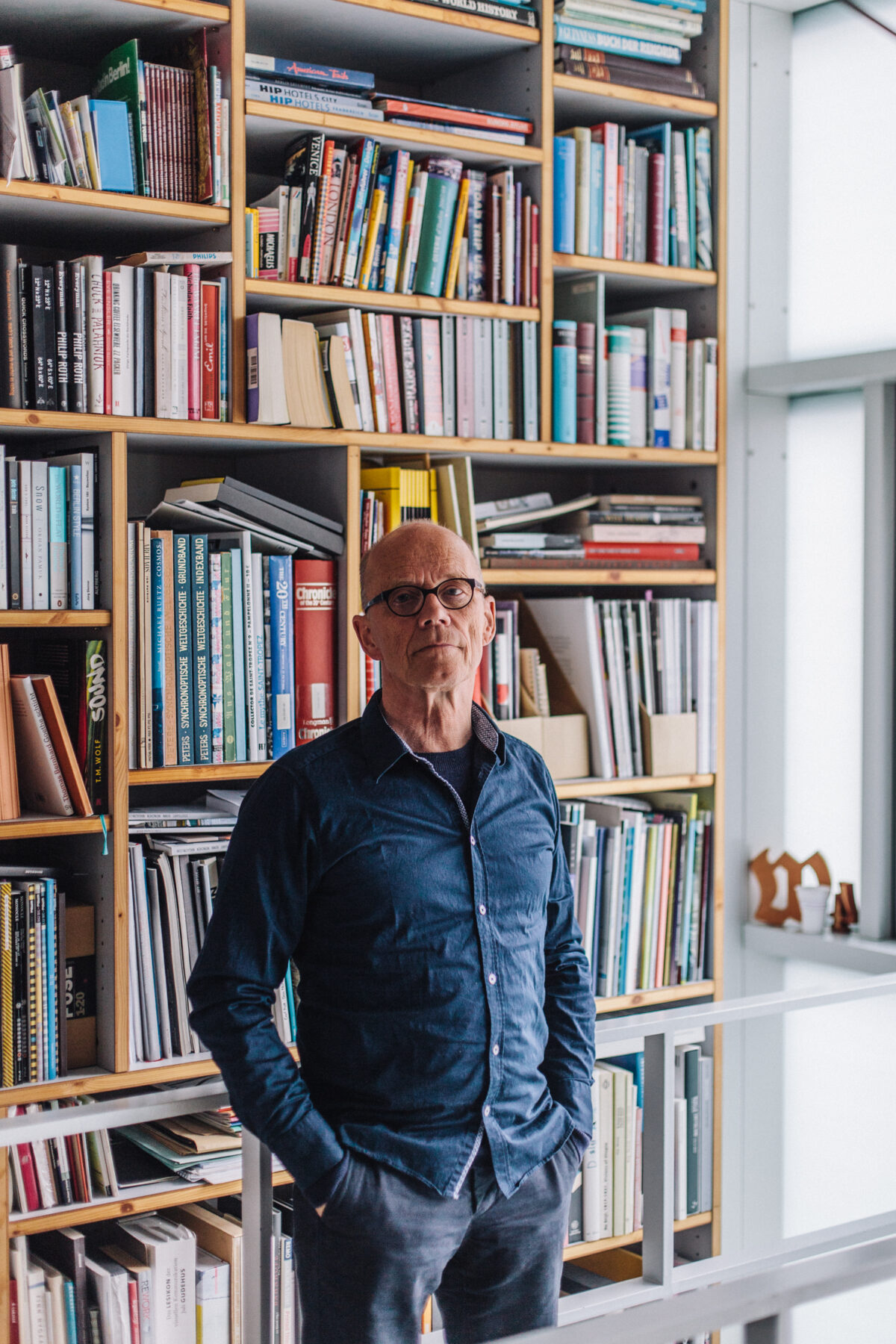
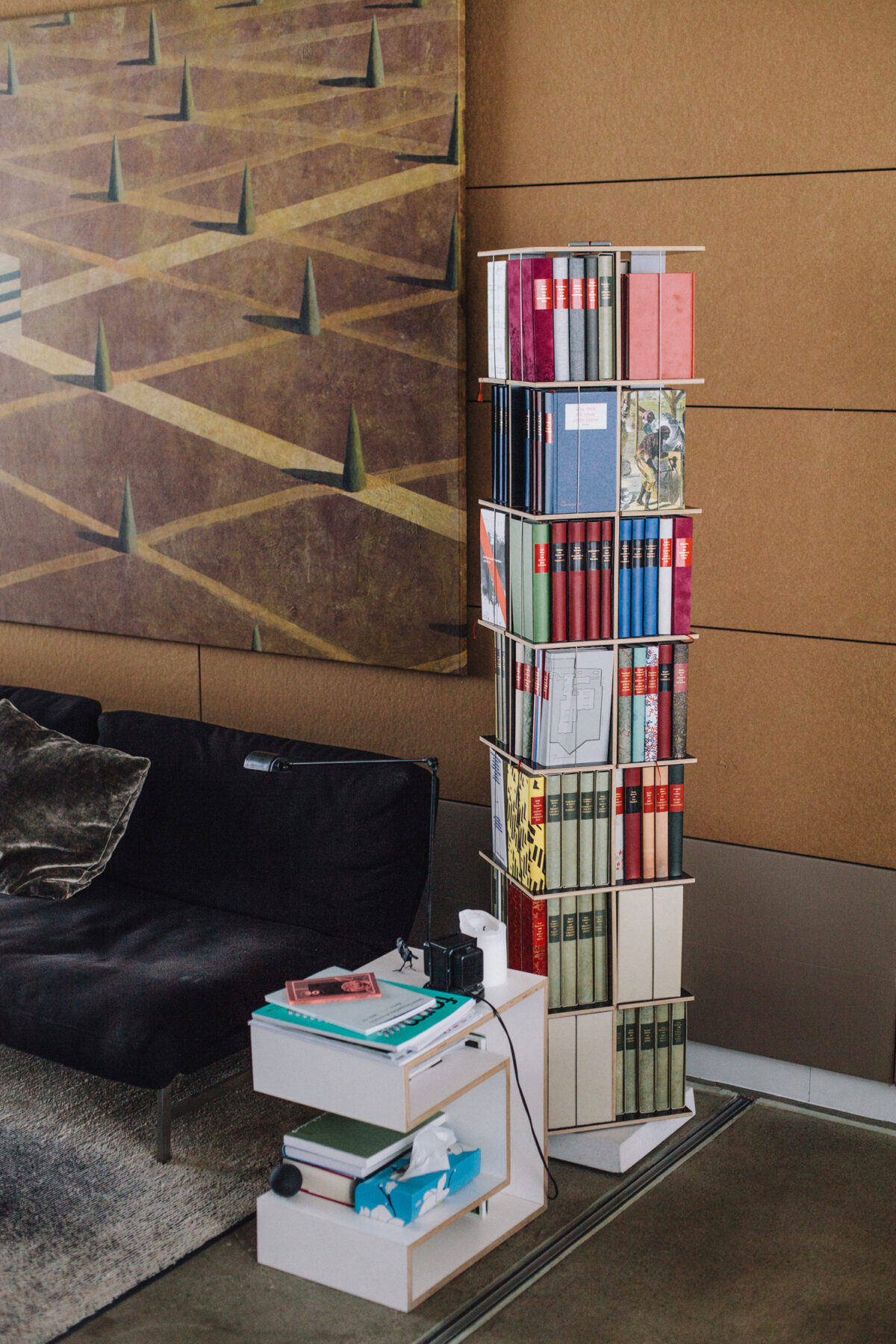
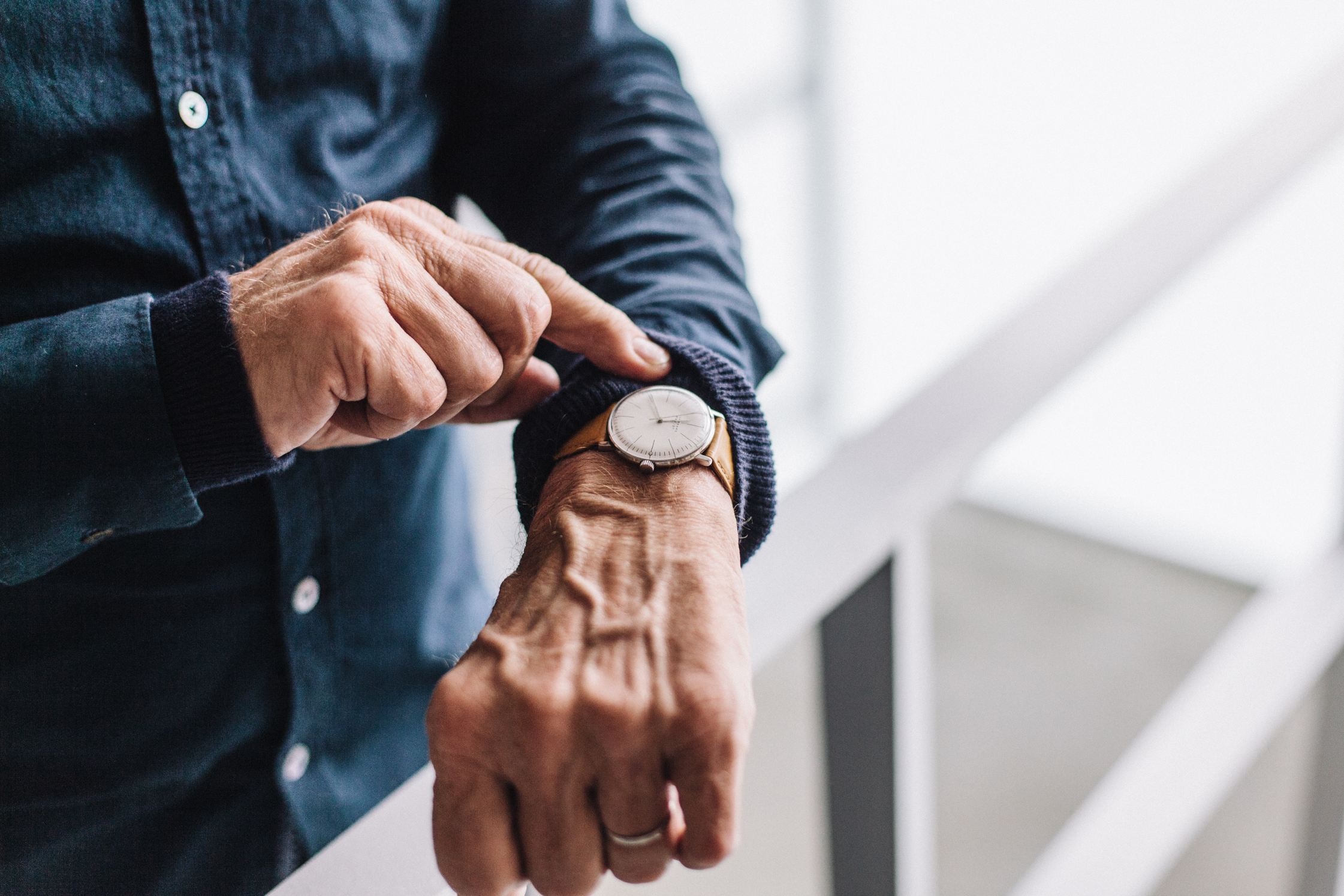
The fifth level is a living room and kitchen space, where Erik prepares espressos for friends, and might offer them marzipan candies from a glass jar. Past the living room, is a railing where Erik has been photographed often, looking pensively down at his vast library, or smiling at the camera straight on. The balance of eye contact and intensity combined with his chatty nature make even a stranger feel they could be talking to an old friend.
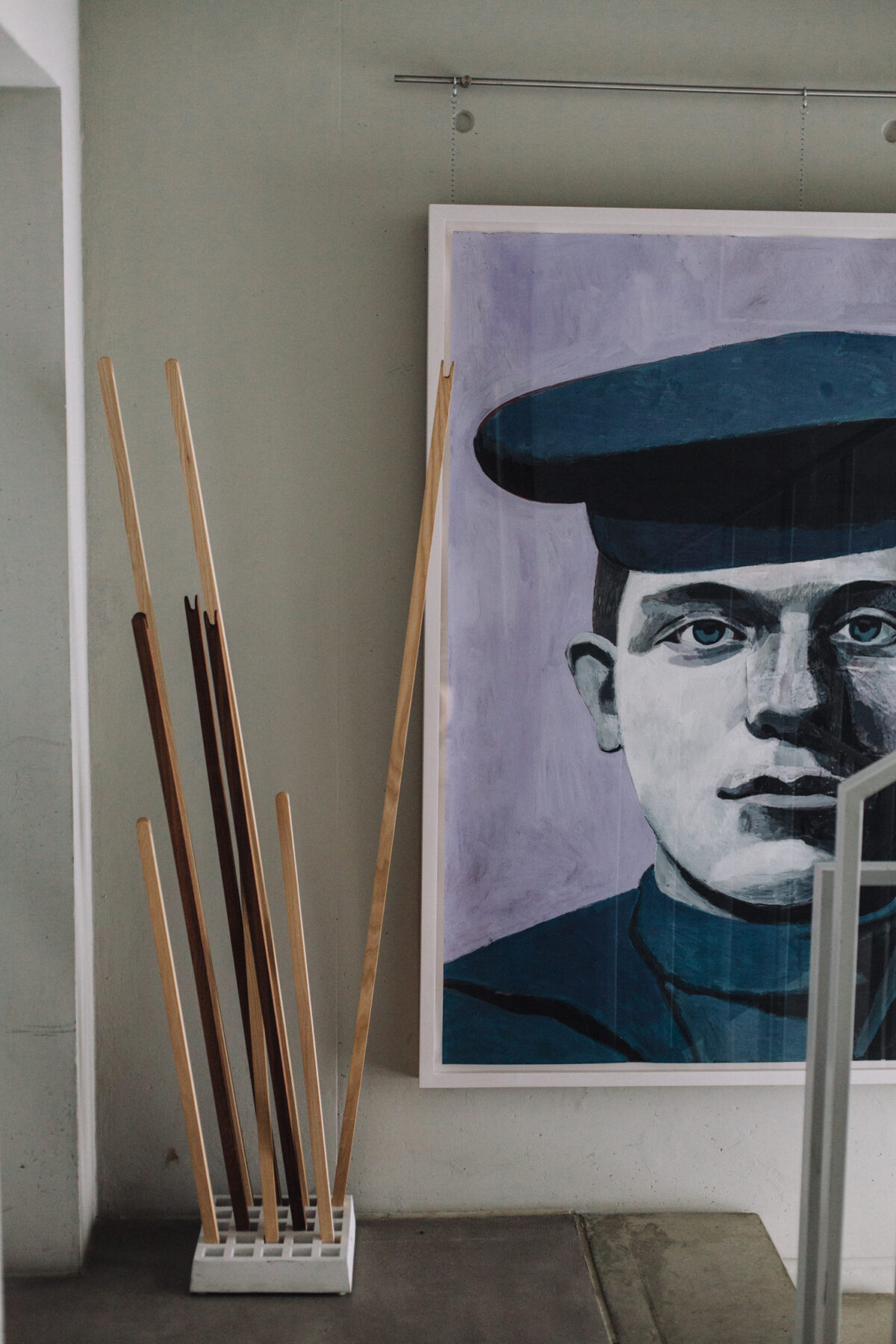
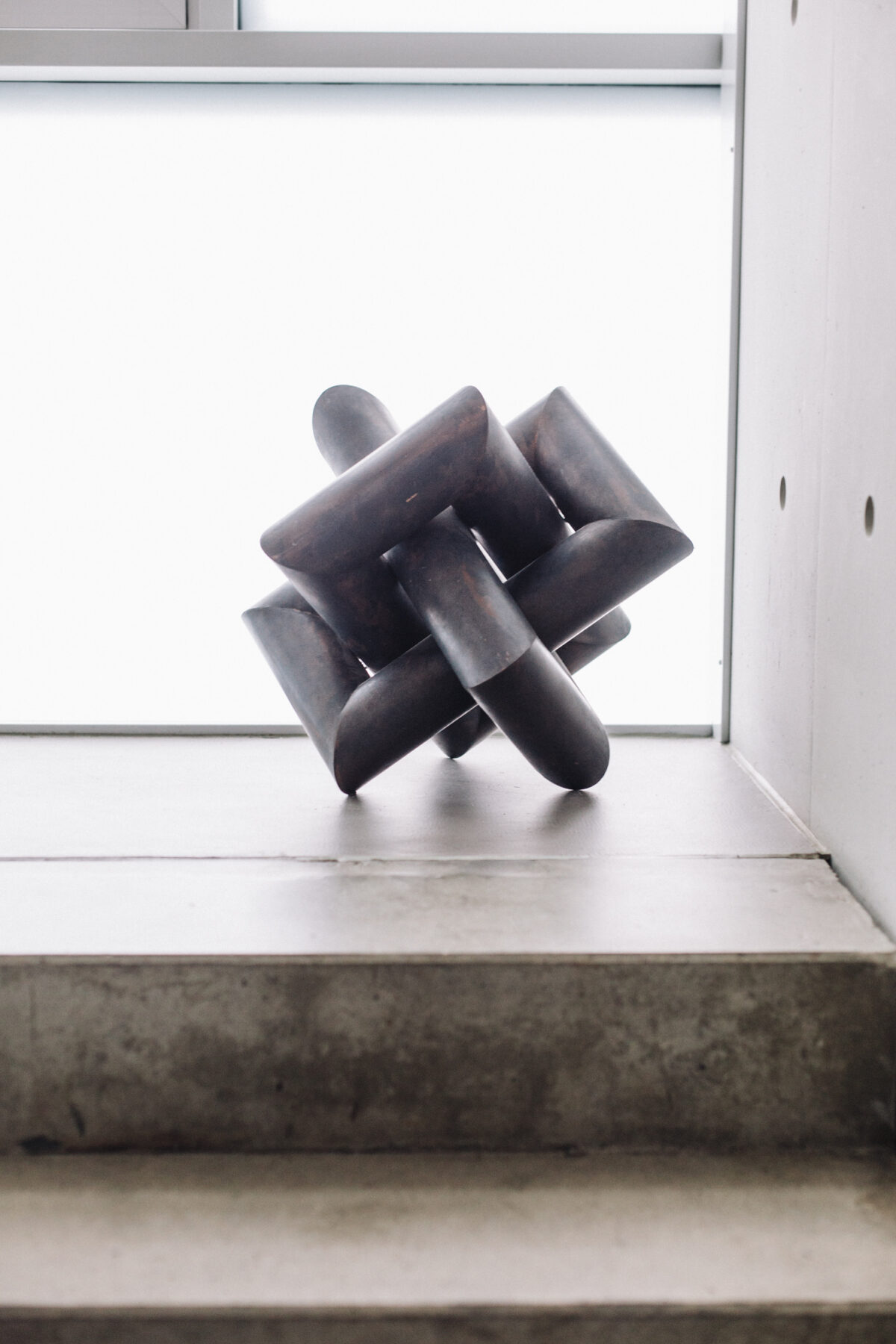

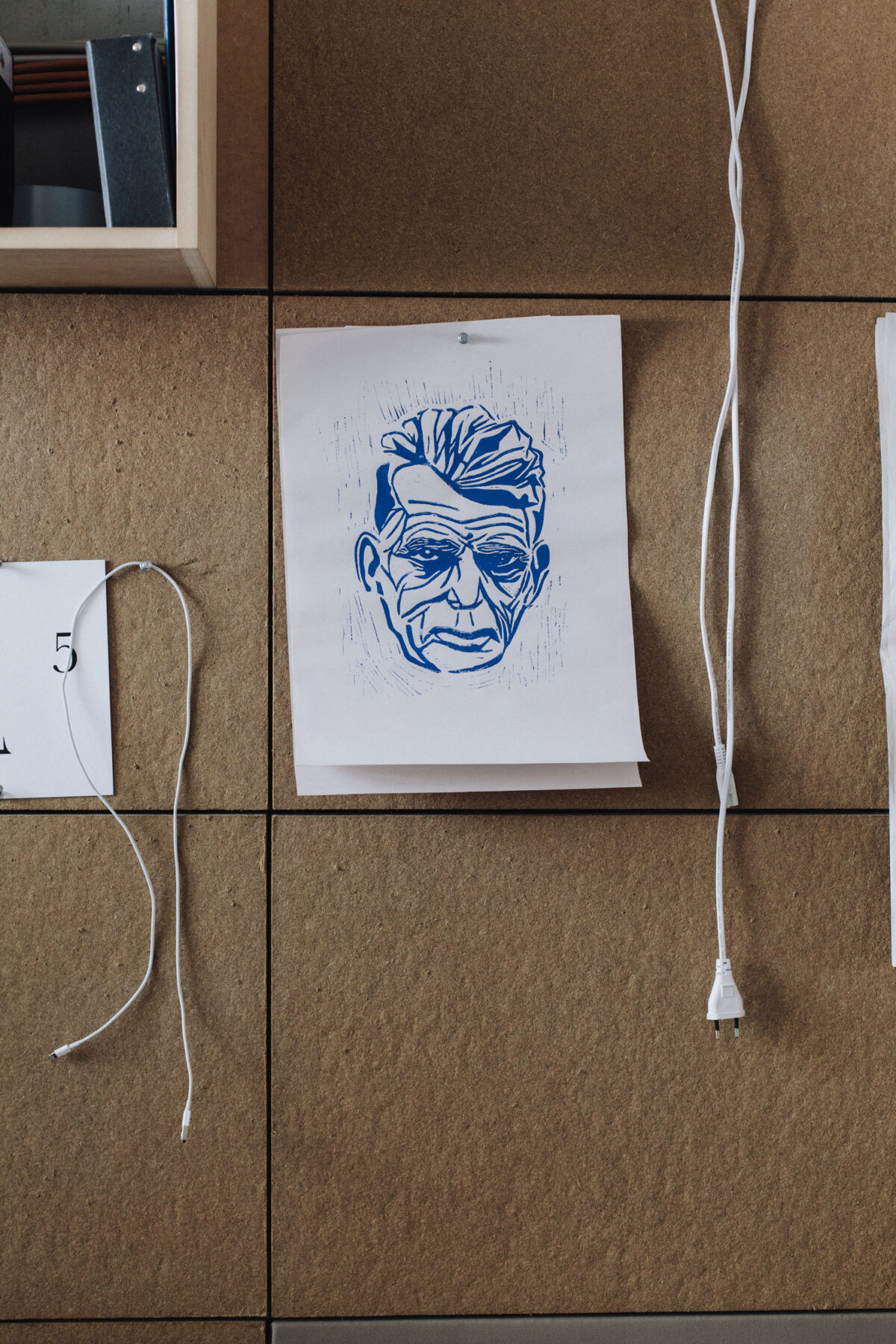
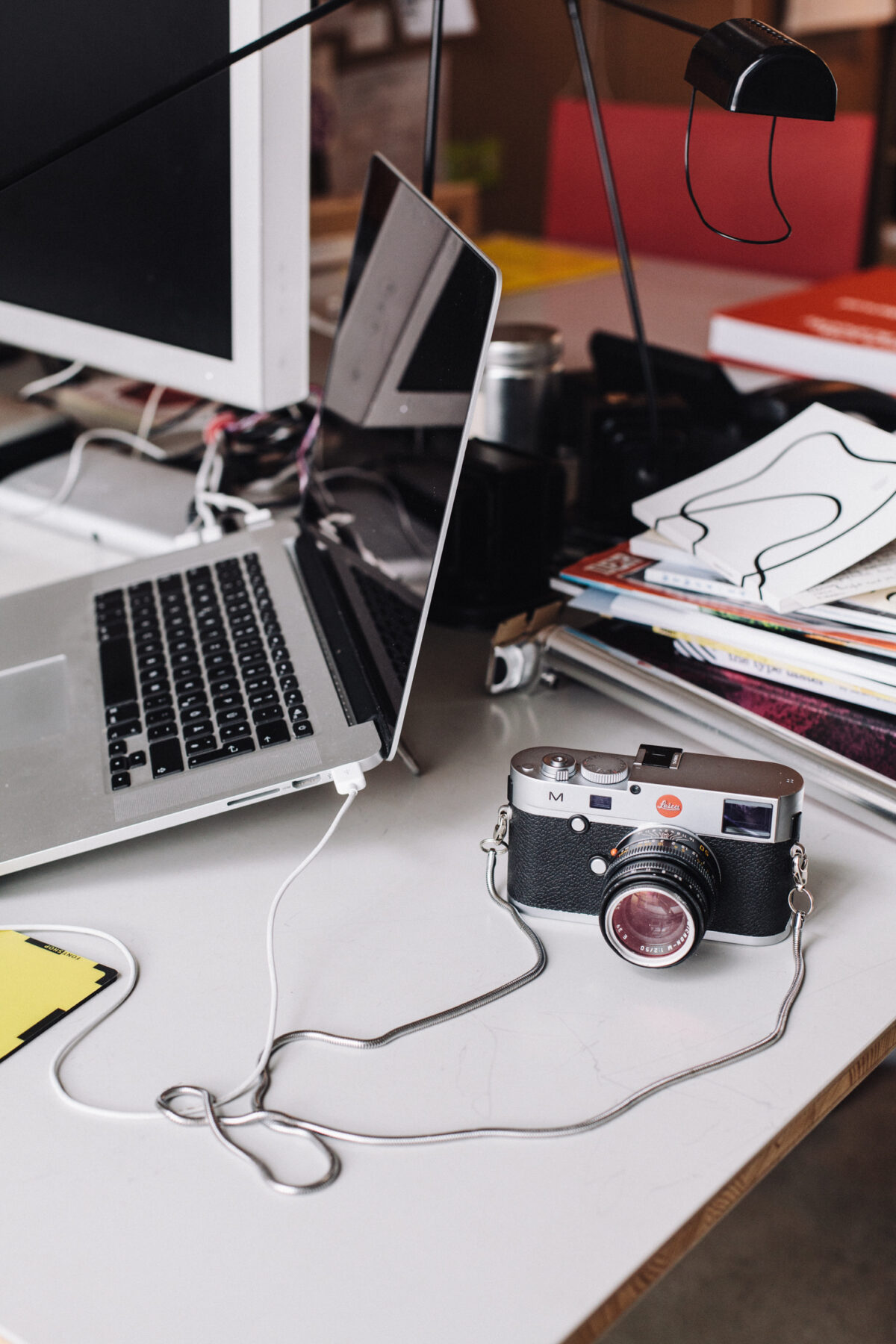
A look around his tidy, if eclectic, home offers an eye pleasing sampler of the designer’s interests. One of his home’s main attractions is his two-story bookshelf, mostly filled with titles pertinent to his profession and only accessible by the seated pulley system Spiekermann developed for one of his favorite leisure activities – browsing his massive library and getting lost in his passion for words and images. “It’s almost like a safety net having all my books here. I have a lot of cool stuff that other people don’t have, and I love browsing and discovering books I’ve had 50 years. I’d love to spend time just browsing through my bookshelves. Every time I go to look for something I find something else, you get totally stuck. There’s nothing better than getting stuck on a Sunday afternoon with books you’ve forgotten about.”
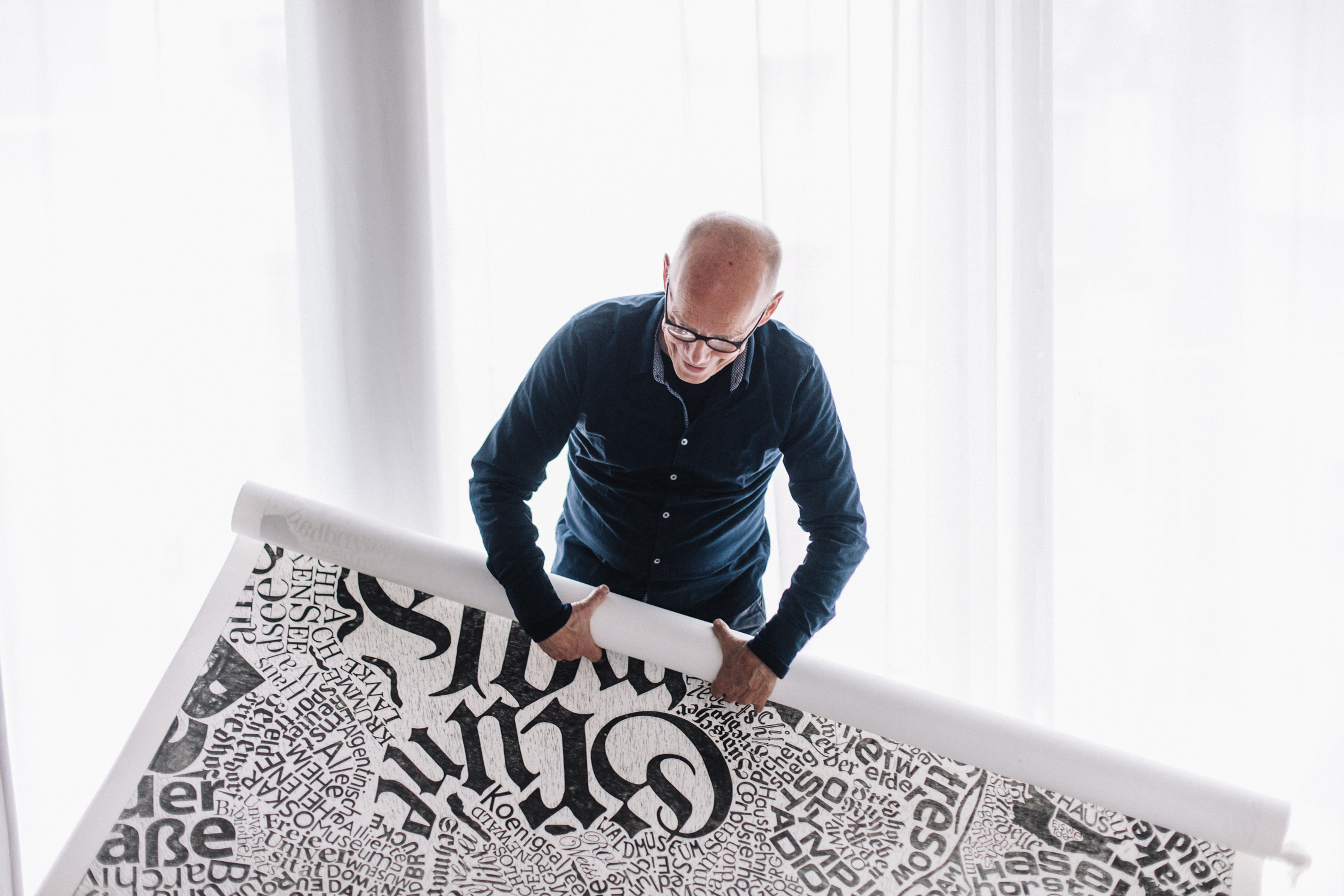
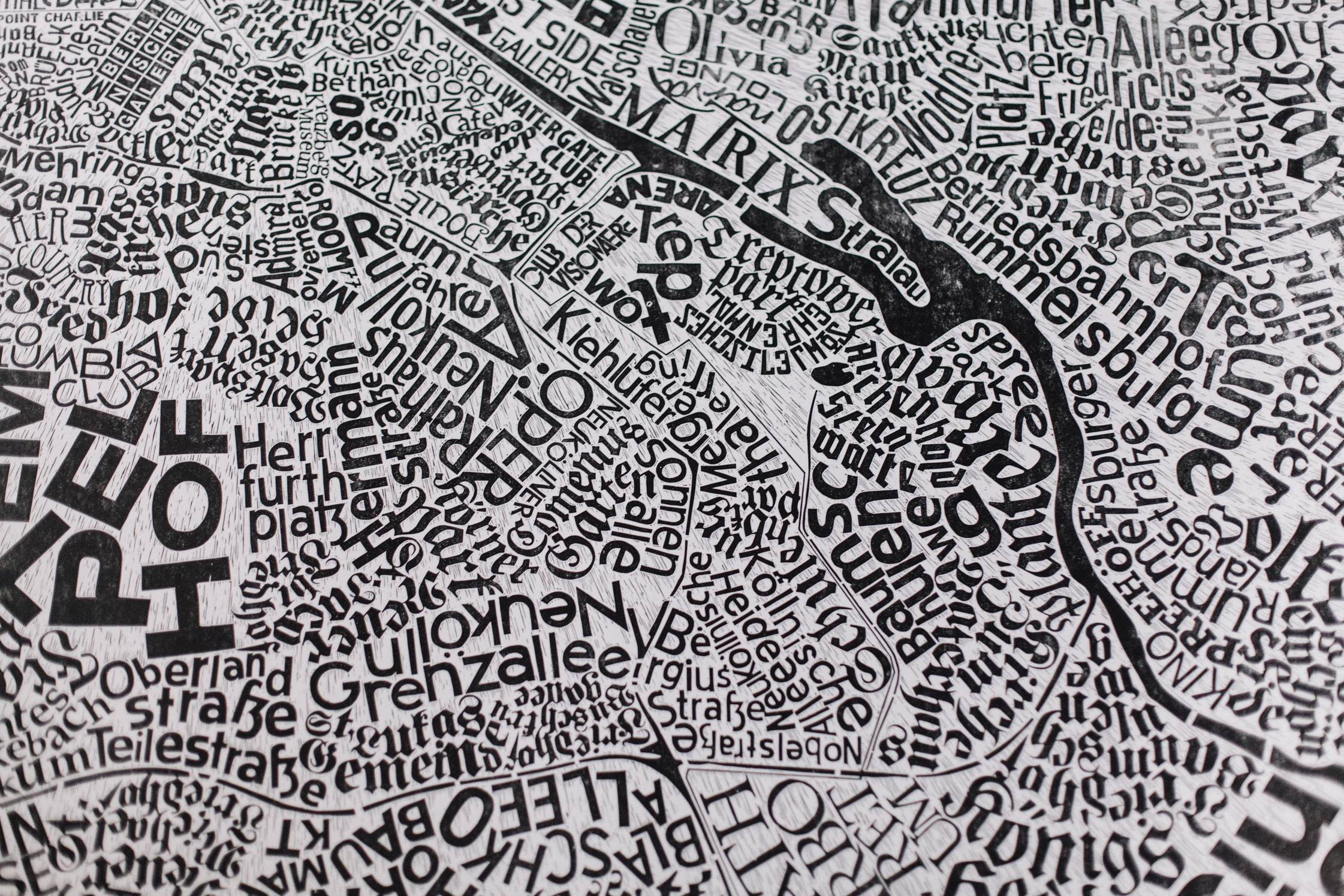
Seated at his kitchen table, bare except for his espresso, (taken without milk or sugar) and two books, one the heavy orange coffee table book written about him, and the other a title he wrote, Stop Stealing Sheep & Find Out How Type Works, he opines on the digital/analog duality of his work, “The digital age and the analog have totally started overlapping. What I’m doing with my letterpress is not nostalgia. I’m trying to work out how modern digital methods are, for example, capable of making originals. What I’m trying to achieve is bringing the analog process together with the digital. With digital, the quality I can do on my Mac is better than anyone could do on metal, ever.”
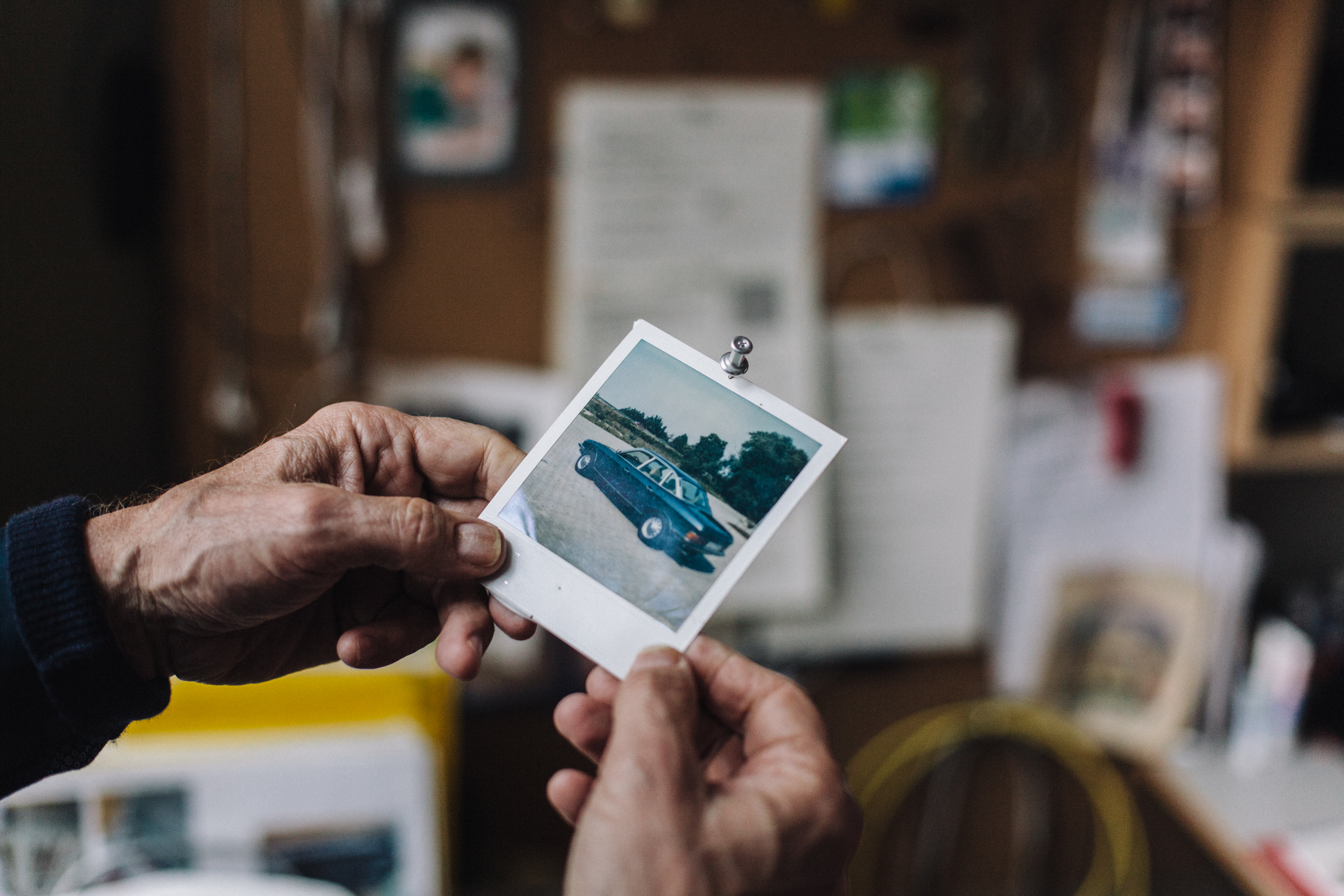
Yet even technology can’t help his chaotic workflow: “I’ll have 40 projects open at the same time, plus seven lectures I’ve got to prepare in a week. It would be great if I was tidy, but I make appointments and forget to write them down. And then people call me and say, ‘Where are you?’ ‘What do you mean, where are you? I’m at home.’ ‘Well you’re supposed to be here,’ they’ll say. I’m really bad. I have no idea how I manage. But you know what? I have people around me who save my ass. I wish I were more organized. I have this image of myself as being this totally organized person, but I only work when I’m totally under pressure.”
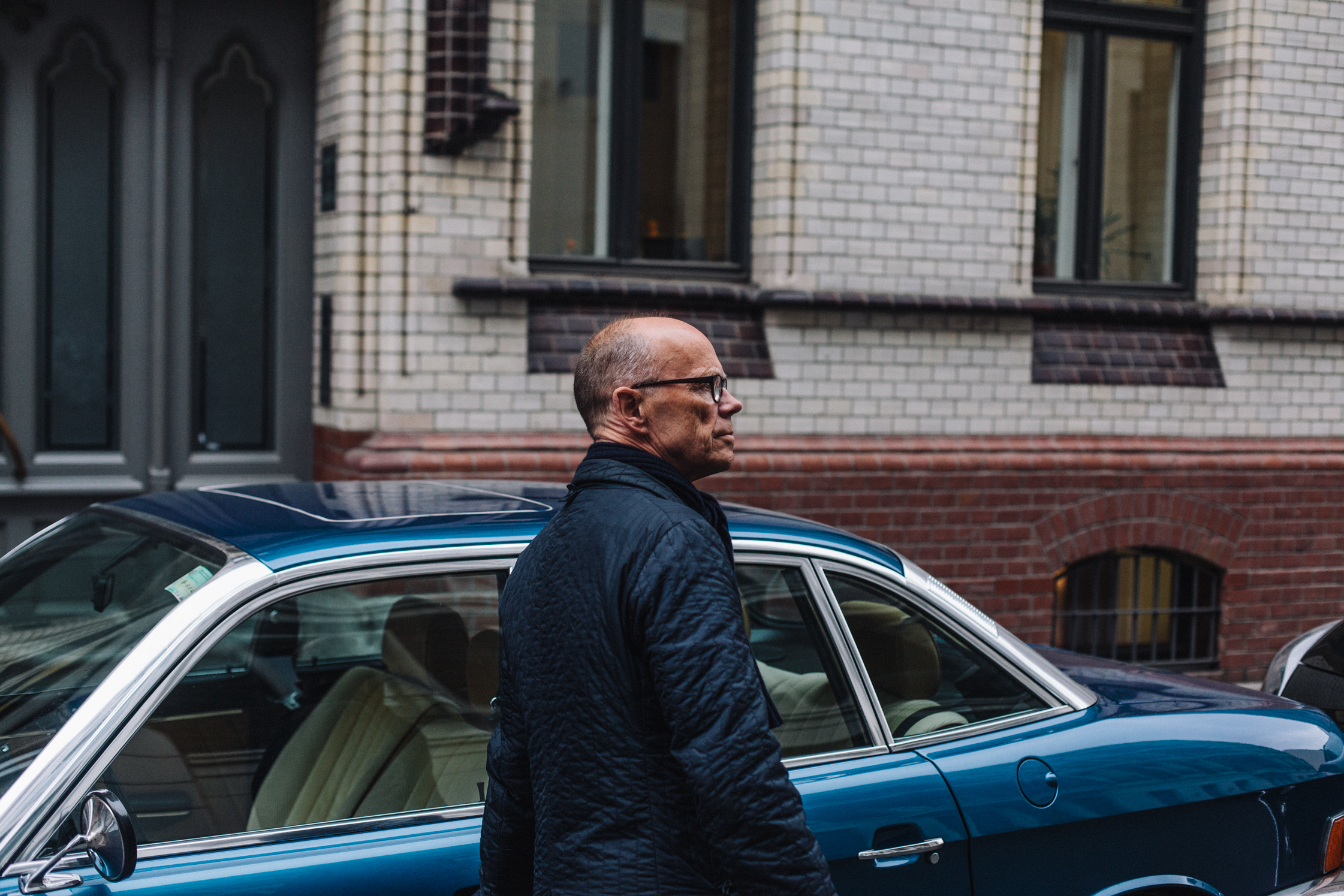
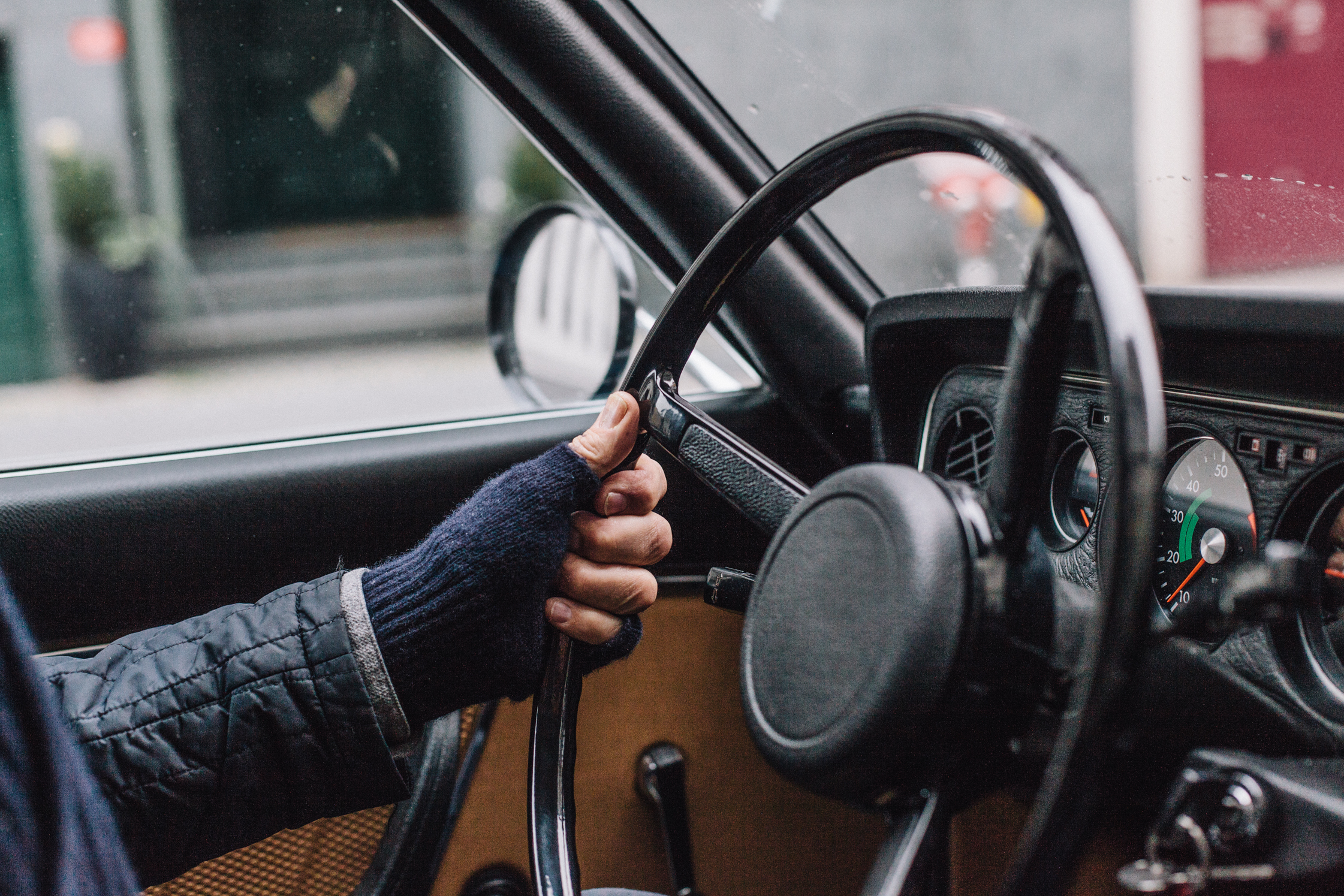
His process is one of organized chaos, essentially. “I’ll be up at two in the morning, putting shit together. And every time I think, ‘Maybe next time I should think about the project a little earlier,’ but I won’t. So I’m relaxed about it. I don’t get nervous anymore, because I always know it’s going to be okay. I could have always done better, but somehow it’s always okay.” It’s balanced mantras like this that give Erik an oddly centered and optimistic energy, contrary to the very anti 9-5 hustle and mania that is common in design and agency centric work. There’s no strict bedtime nor diet in his regimen, but a consistency in genuine thought in approach to work, relationships and all manner of things.
You wouldn’t guess it, but the designer’s household has suffered one fire, two floods, one burglary and one willful destruction, as Erik describes it. There was the 1977 fire in London that destroyed his hand-collected printing press machines. Followed by the first flood in Berlin in 2002, which affected his archives, in the cellar of what was then the United Designers Network office (also founded by Erik).
He continues, “The burglary was on April 1, 1990 at MetaDesign’s offices on Potsdamer Platz, just after the Wall was opened. The office was right next to the Wall and things were messy. We lost all our computers, which in 1990 wasn’t as traumatic as it would be today. In fact, it turned out well for us because we got brand new computers paid for by the insurance. The worst incident of all was when my ex-partner at MetaDesign had two plan chests full of samples of my work – posters, record covers, books, newspapers, manuals, etc – thrown away as they moved to a new office. It was described as an unfortunate mistake, but one doesn’t just lose two large pieces of furniture like that by accident. The second flood in Berlin was in 2004 in the cellar of SpiekermannPartners, where what was left of my archives got very wet. “ Every time, he simply regrouped and carried on with his vocation, because to him, it has never truly felt like work.
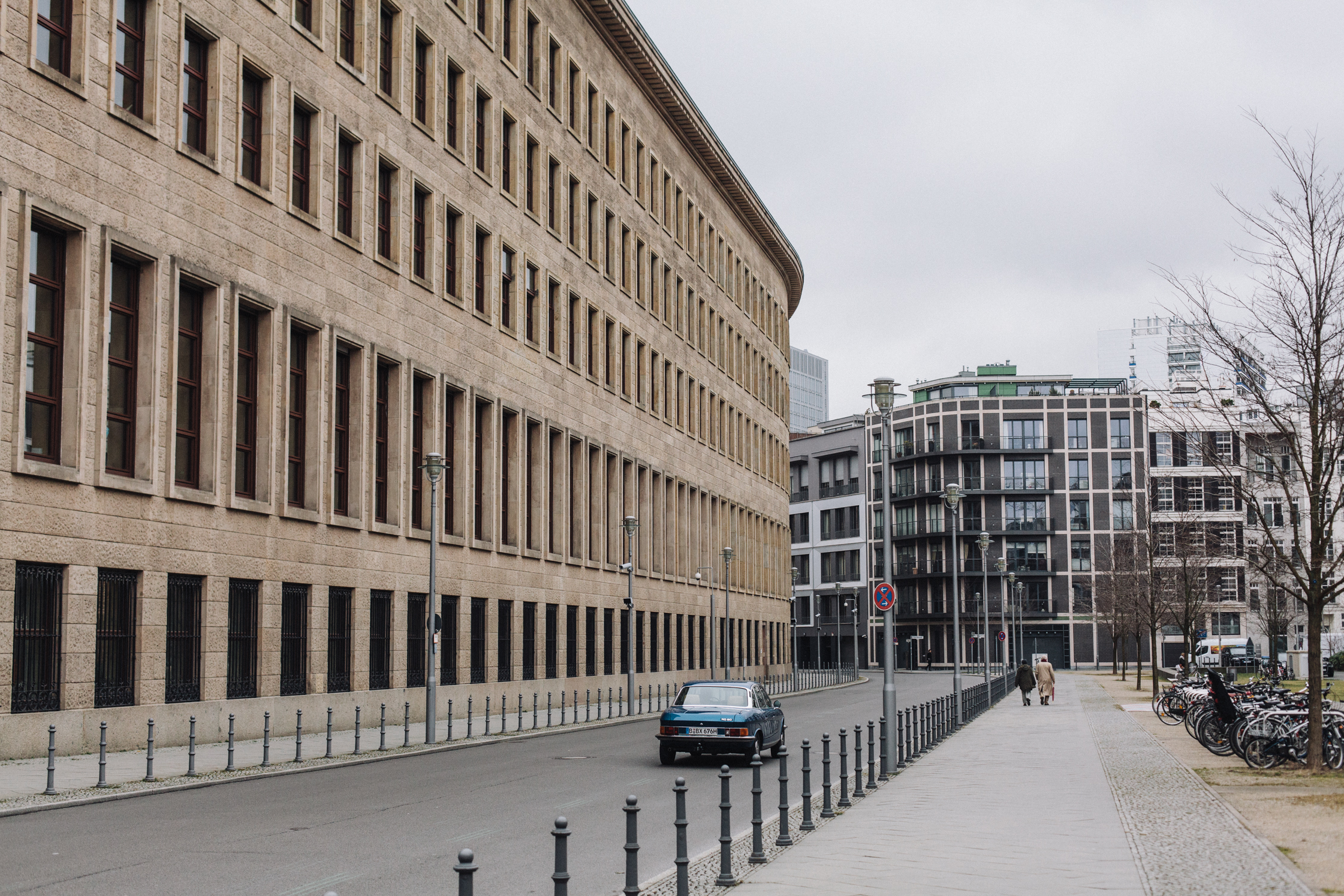
The centrally-located home is perfect for the avid cyclist – he traverses the city with ease, and scoffs at what he considers a globally oppressive and detrimental car culture. He is not an idealist, but acts out of pragmatism, saying, “Getting around a city is complex and we need to use whatever form of transport available. I don’t ride bikes out of principle but because they’re practical, healthy for myself and the environment, and fast. If the weather totally sucks, the BVG is great. We helped make Berlin one city again after 1990, and using public transit should be enjoyable. Our branding and way-finding project for Berlin made a lot of difference to not only the usability of the BVG but also to its public perception.”
When pressed about his preference for bicycles over cars, Spiekermann insists that petrol is in his blood, recalling his late father, a long distance truck driver, and his early memories of him. “I learned to drive on his 20-ton truck, and I’ve worked for many car brands.”
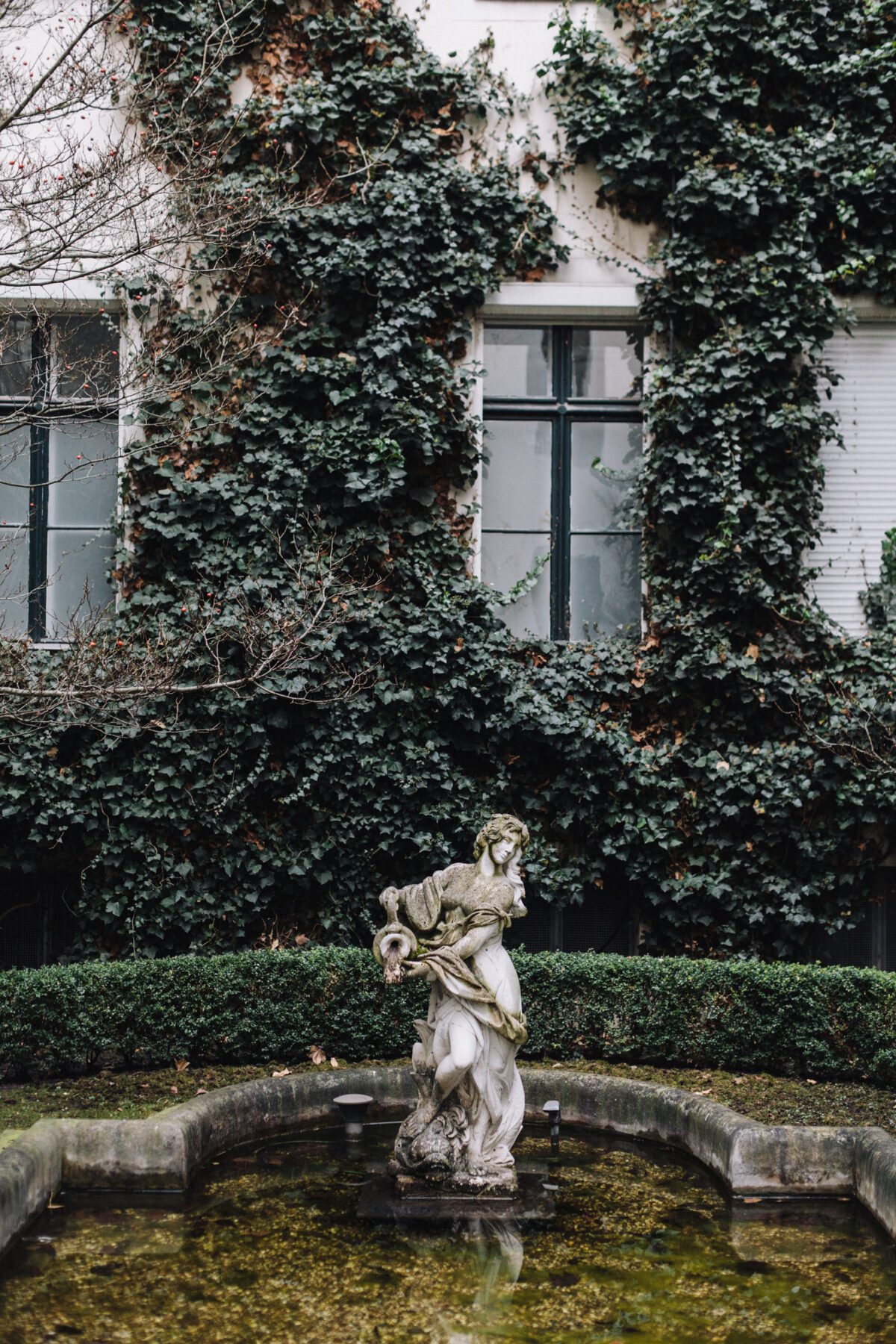
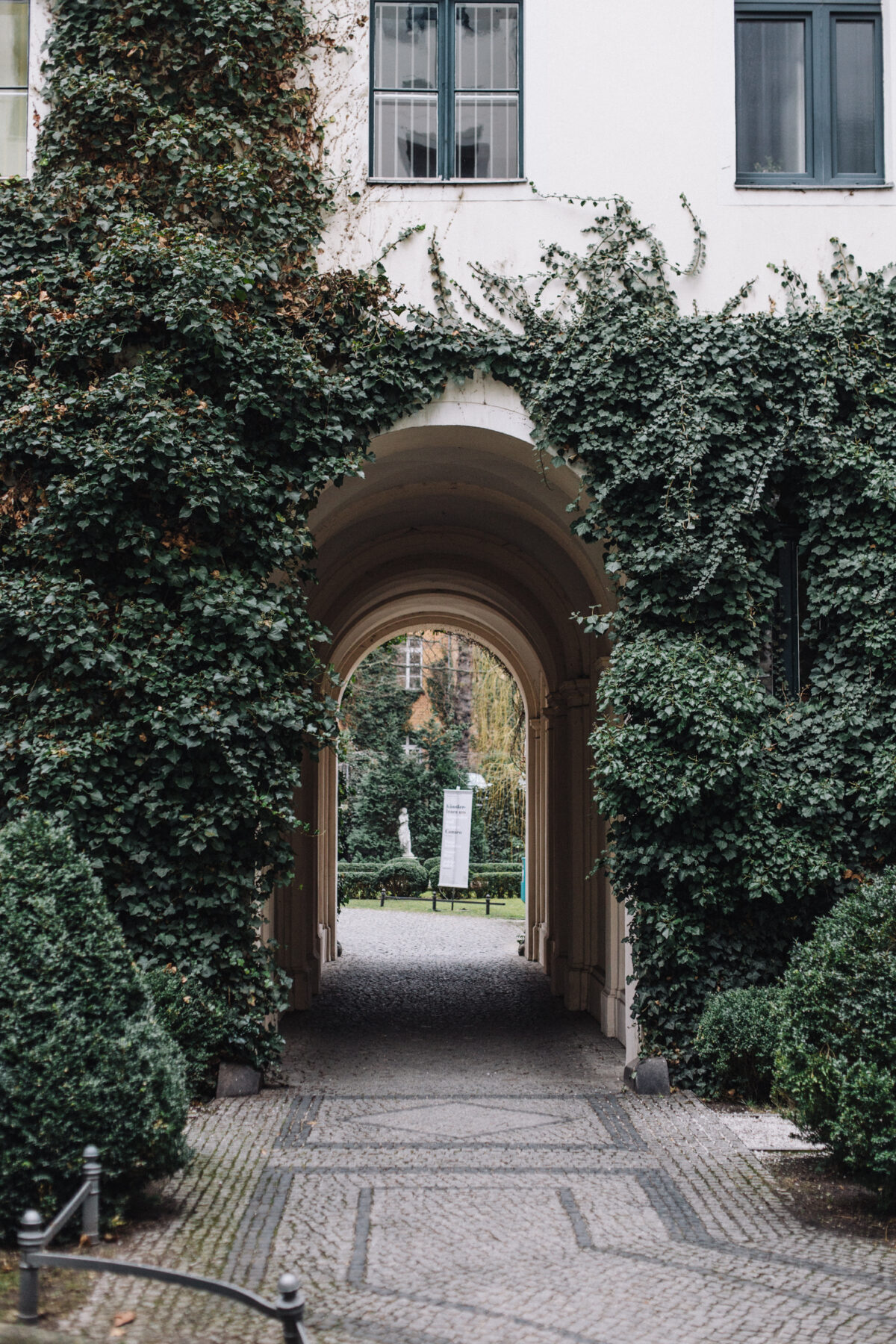
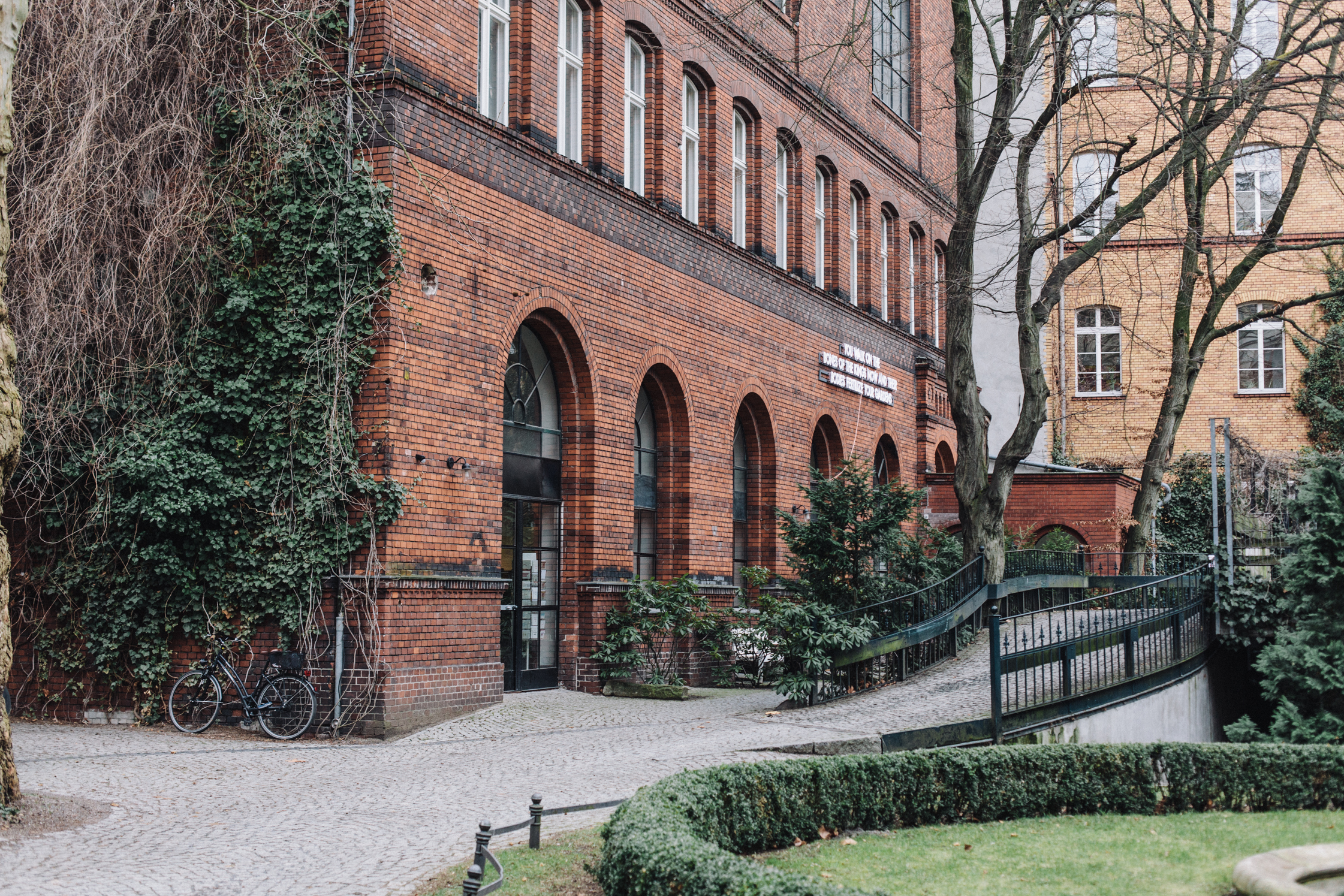
Not just any car brands. At MetaDesign, the global design consultancy Erik co-founded in 1979, he re-branded most of the Volkswagen brands, including Audi, VW, Bentley, Lamborghini and Skoda, between 1994 and 1997. He said, “Most of the elements like logos, colors, typefaces and architecture are still around. We also designed and built the first online presences for those brands. I was the partner responsible for those projects until I left MetaDesign in 2001.”
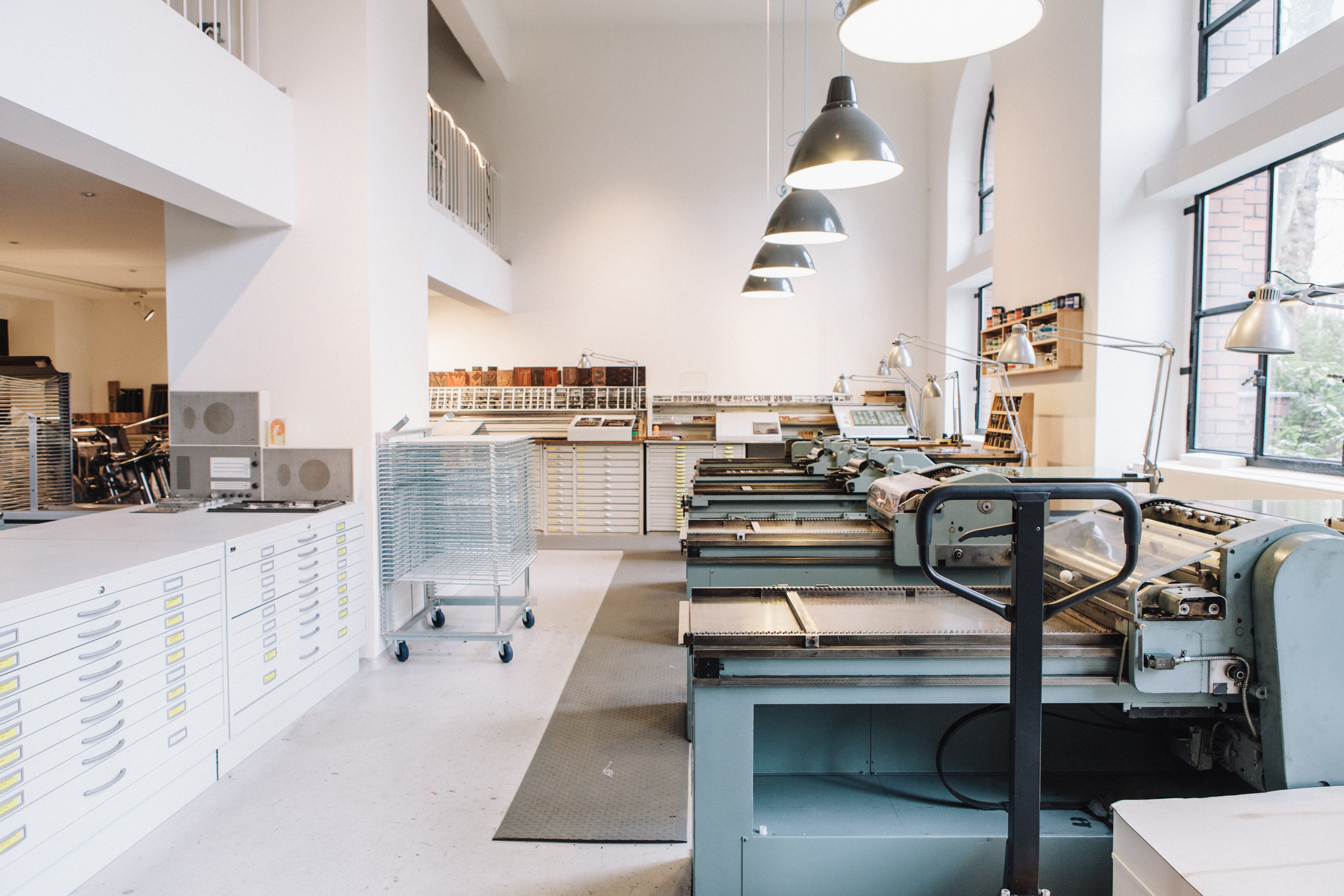
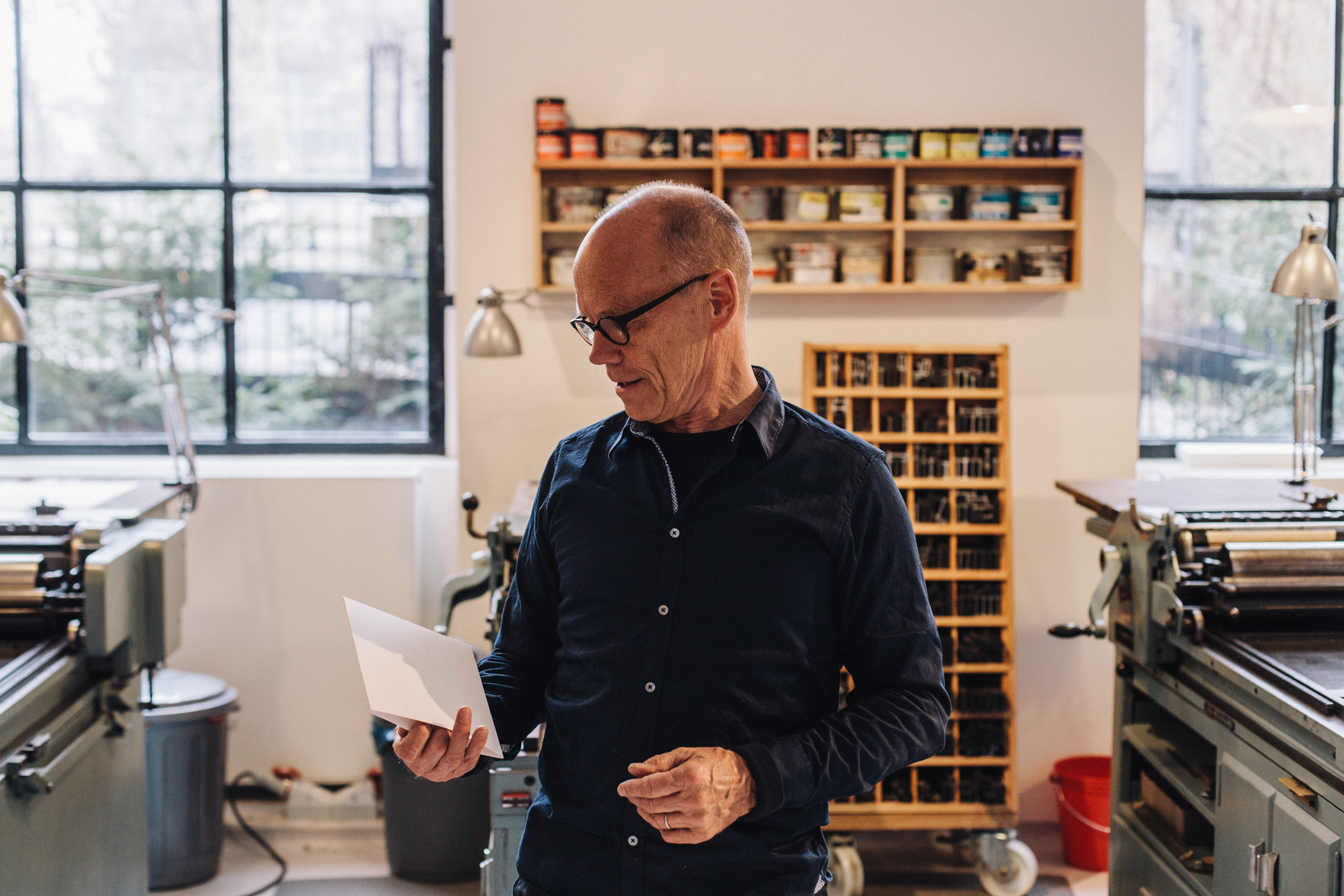
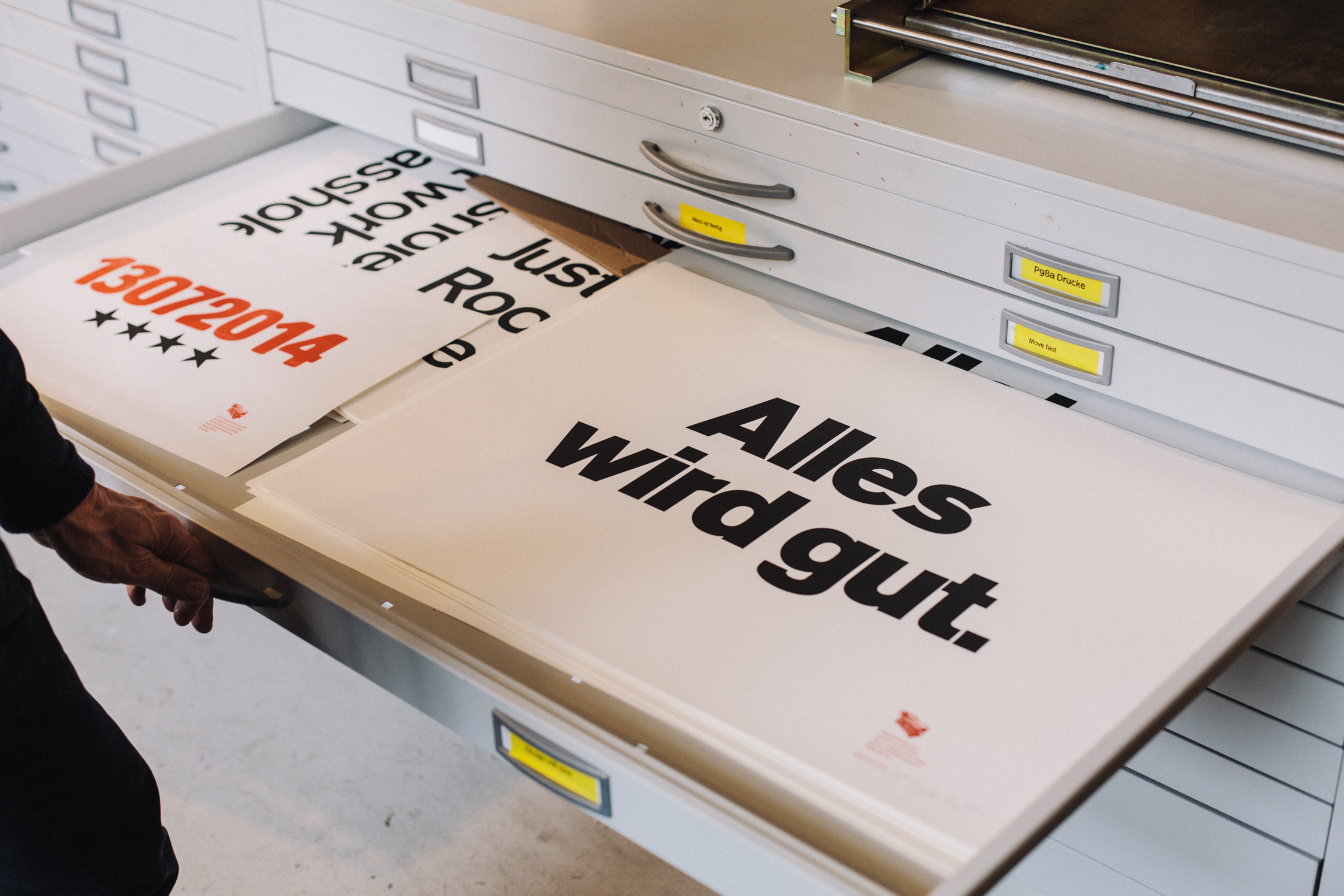
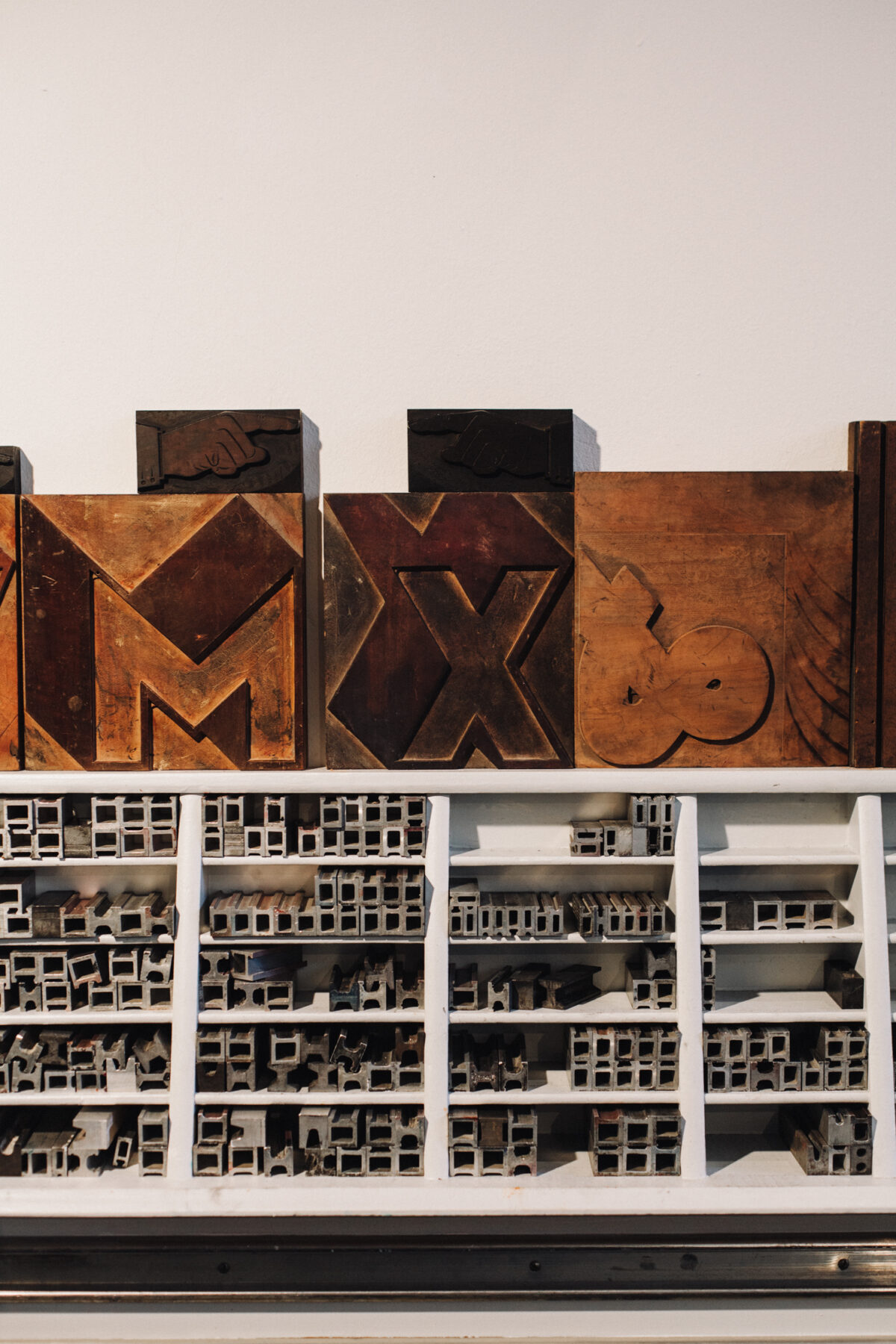
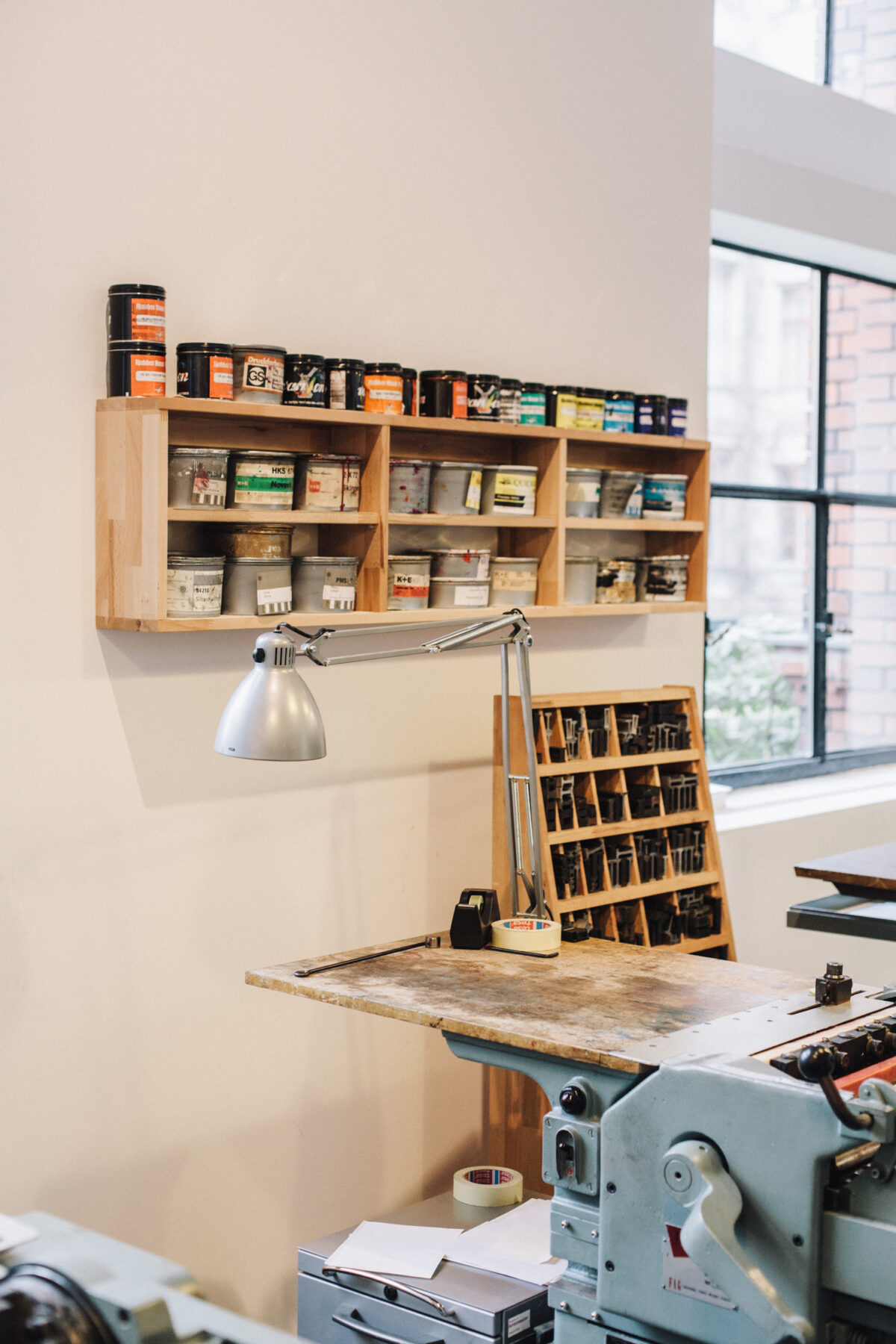
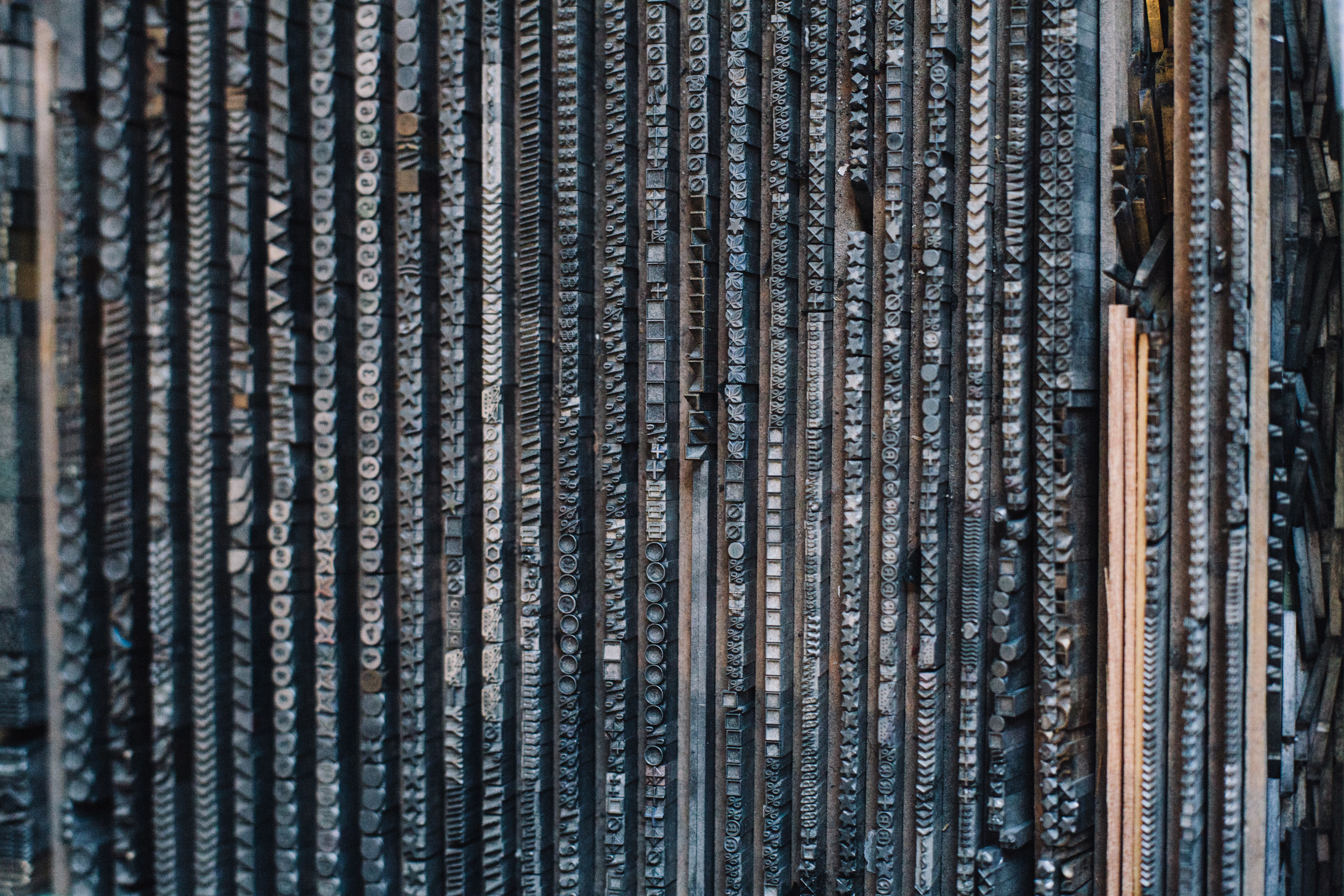
There is one car in particular he holds dear: His NSU Ro80, built in 1977, the last year the model was made, and purchased by Erik in 1985. “The car is a legacy,” he says. It is often noted for its innovative and aerodynamic styling, as well as its frequent engine problems, though Erik disputes this point, stating that his car retains its original ‘77 engine, and the same mechanic he bought the car from 30 years ago. Though the trusted mechanic lives in Frankfurt, Erik drives the NSU Ro80 there every two years for a checkup, more evidence of the importance of loyalty and relationships to Erik.
Erik has an ethos that is rare to find in any industry, especially in a professional of his caliber. When sizing a person up, he has no qualms about making quick judgements, but is lenient to a degree, saying, “Judge people for what they can do, not what they have done. Really look after your friends and your colleagues. You always meet again, if you treat someone badly now, he or she, at some point, is going to come back to you.”
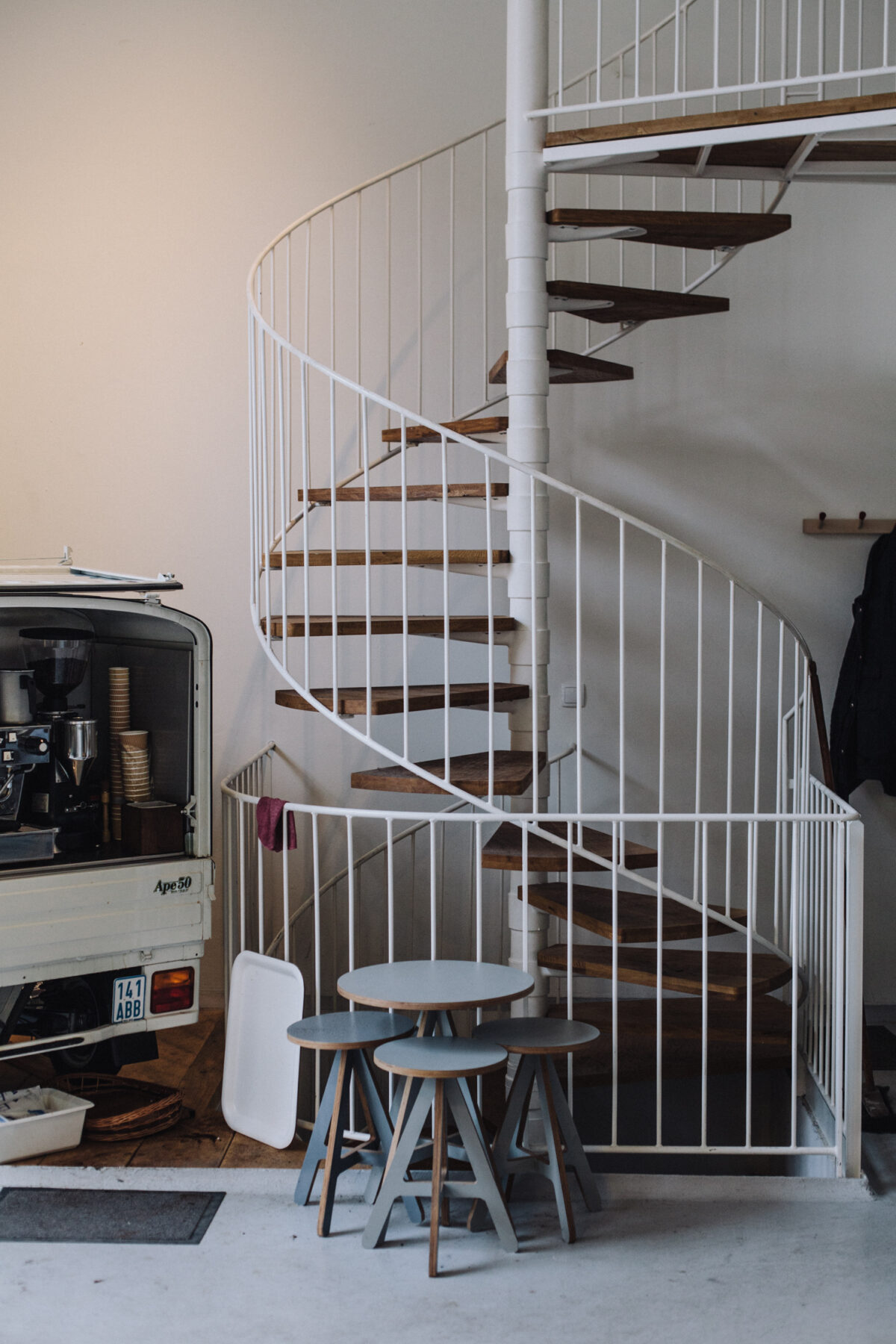
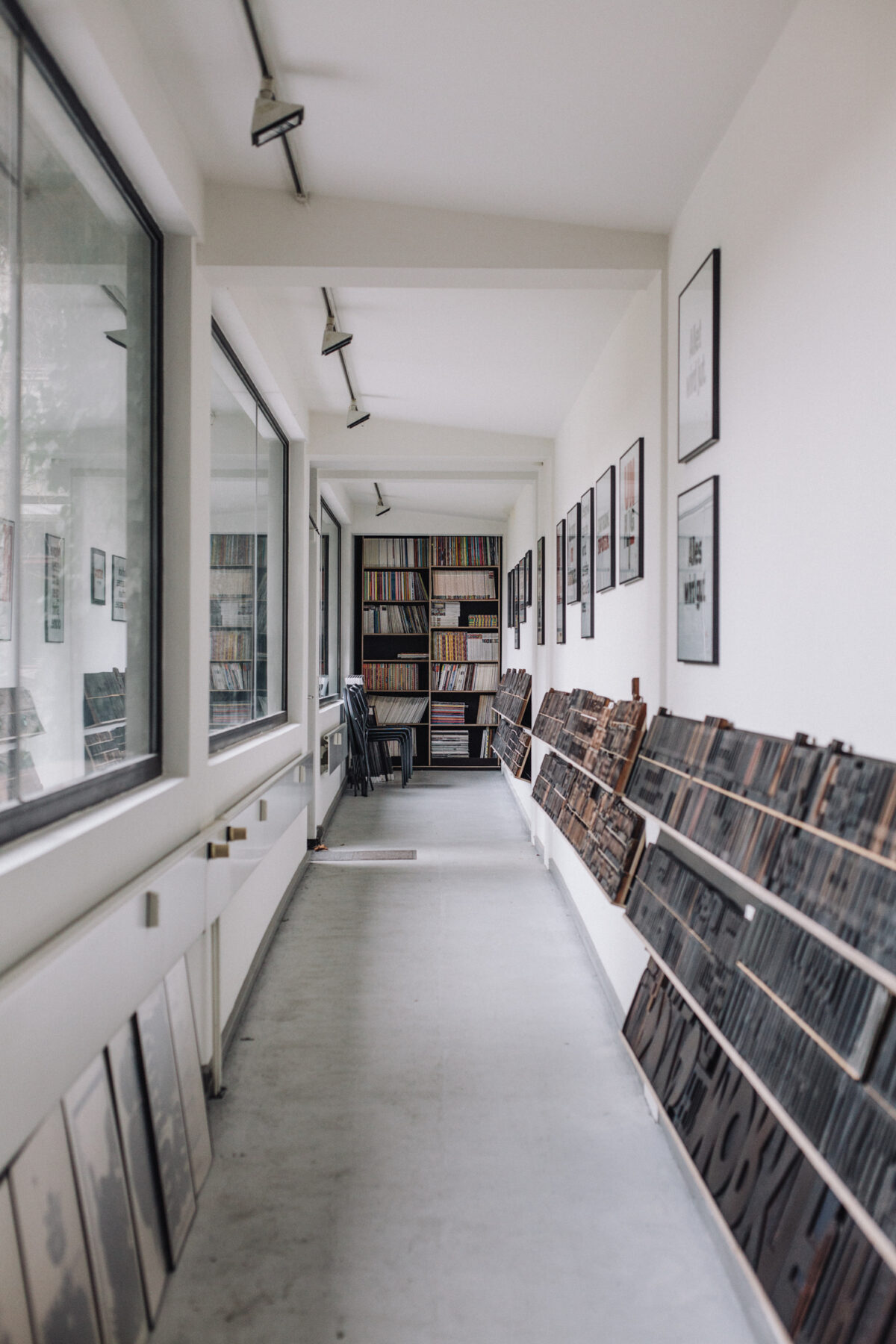
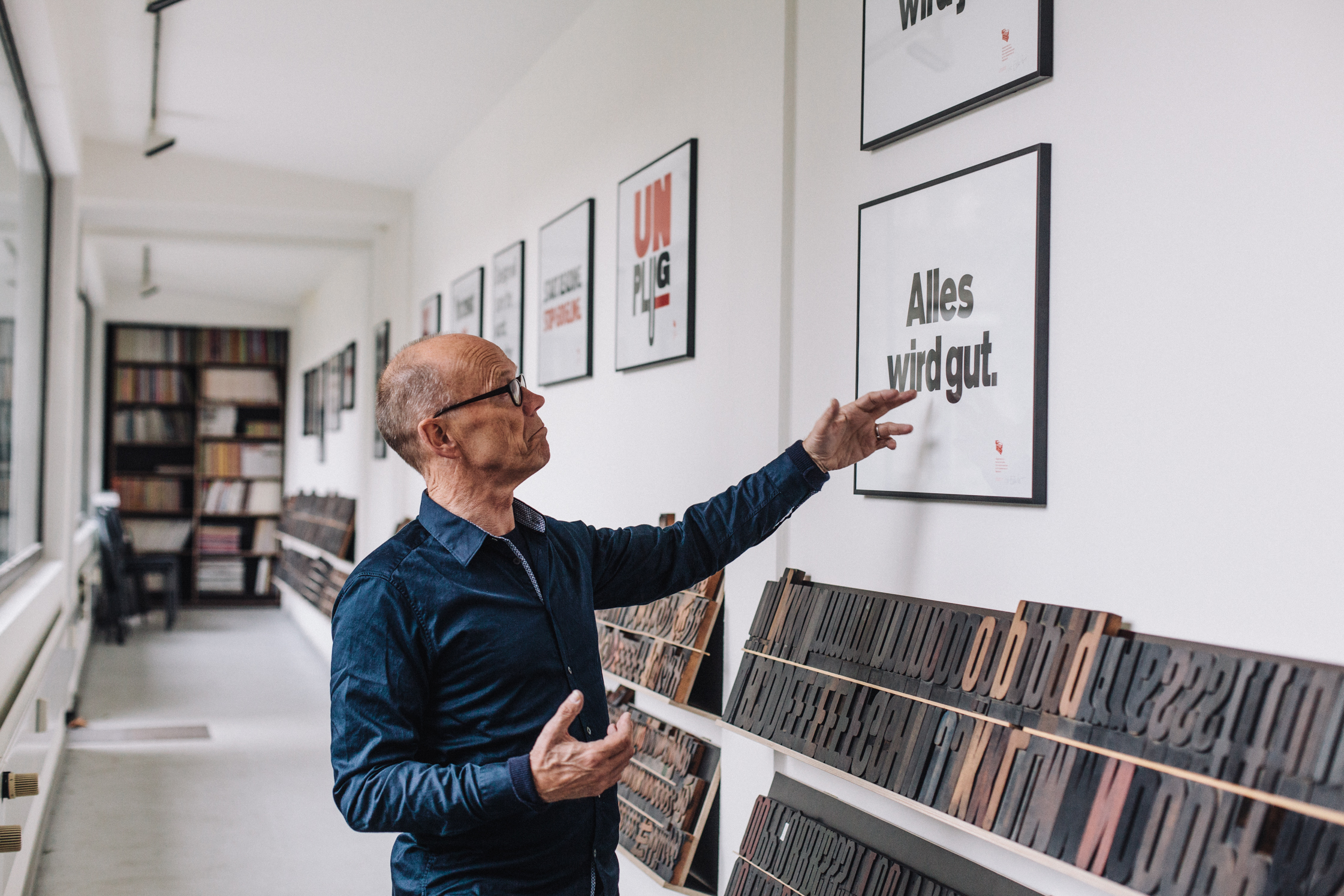
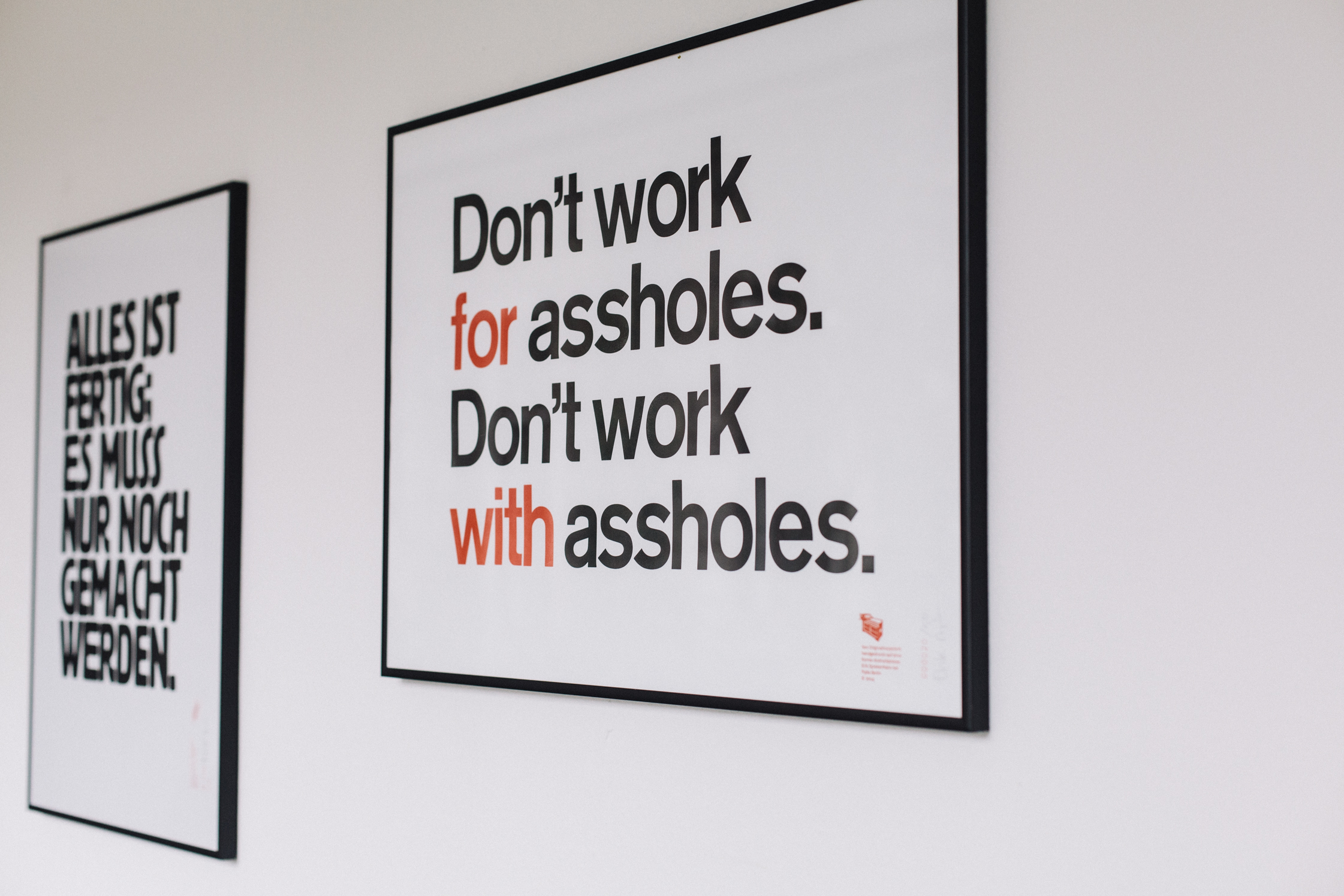
Though he has his own strengths, he credits his success in no small part to the network of good friends and colleagues he’s built over a lifetime, like the internationally famous branding and corporate identity expert and co-founder of the Wolff Olins Agency, Wally Olins. Wally who took a chance on Erik and gave him one of his first jobs during his years in London, after Erik sent him a card poking fun at his own German-ness.
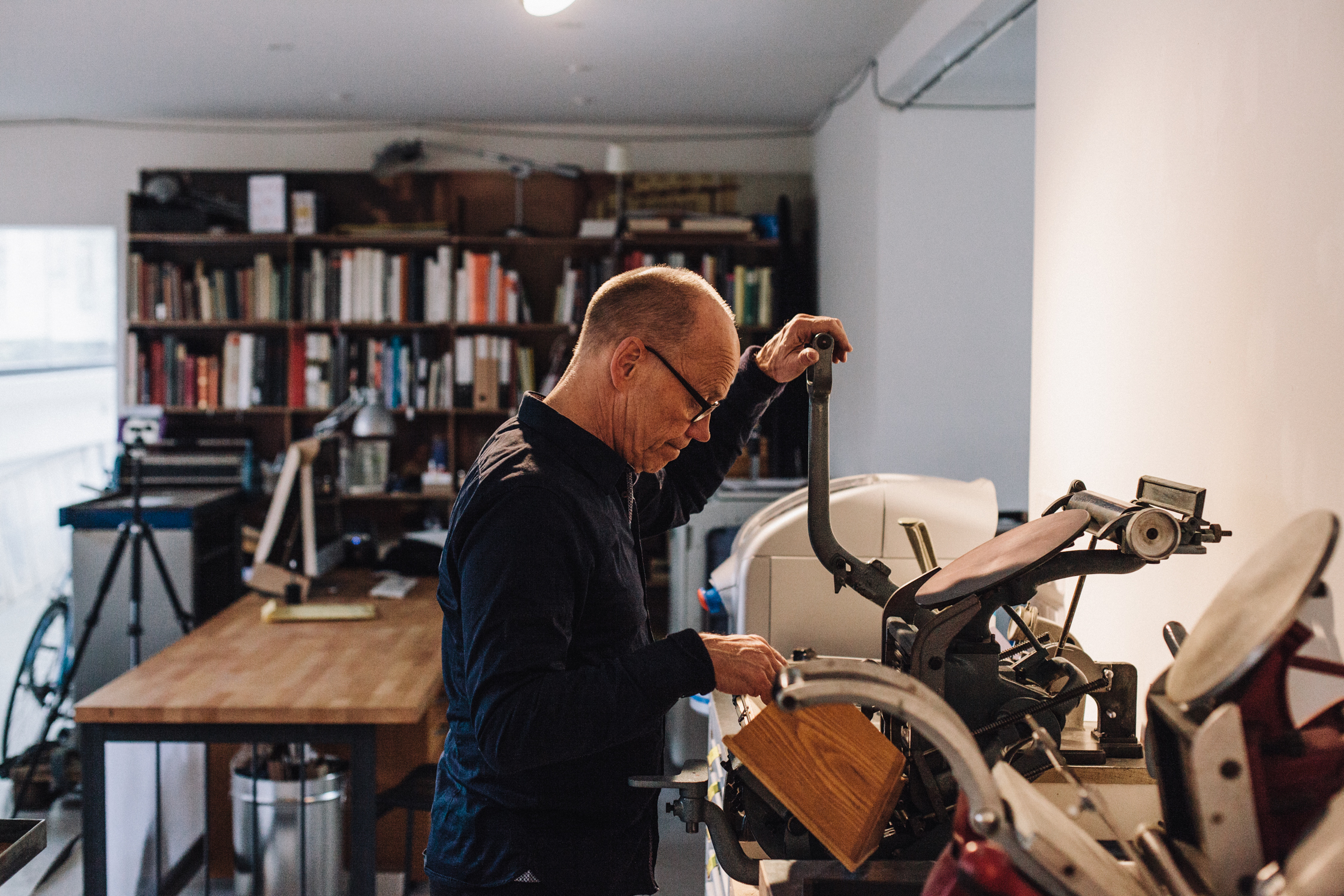
He’s made a living and a life out of always following his interests, whether that means trying his hand at something new, like designing a metal coin, or a ship’s flag (both recent projects friends have commissioned him for), or aggregating news and articles he finds most interesting into a digest of sorts, a dream project he has in mind. “I’ve always wanted to know why things looked the way they did. That’s what interests me.”
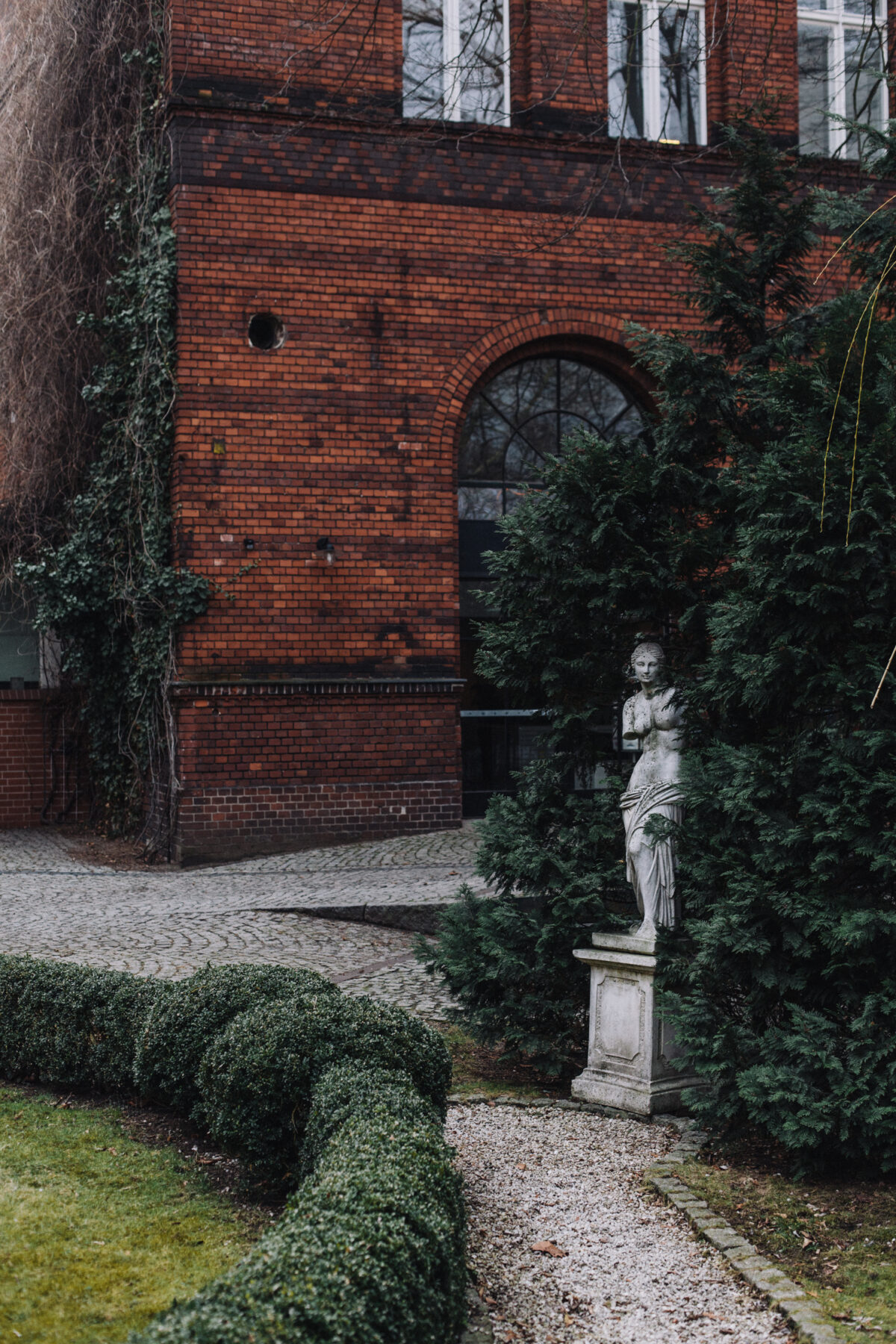
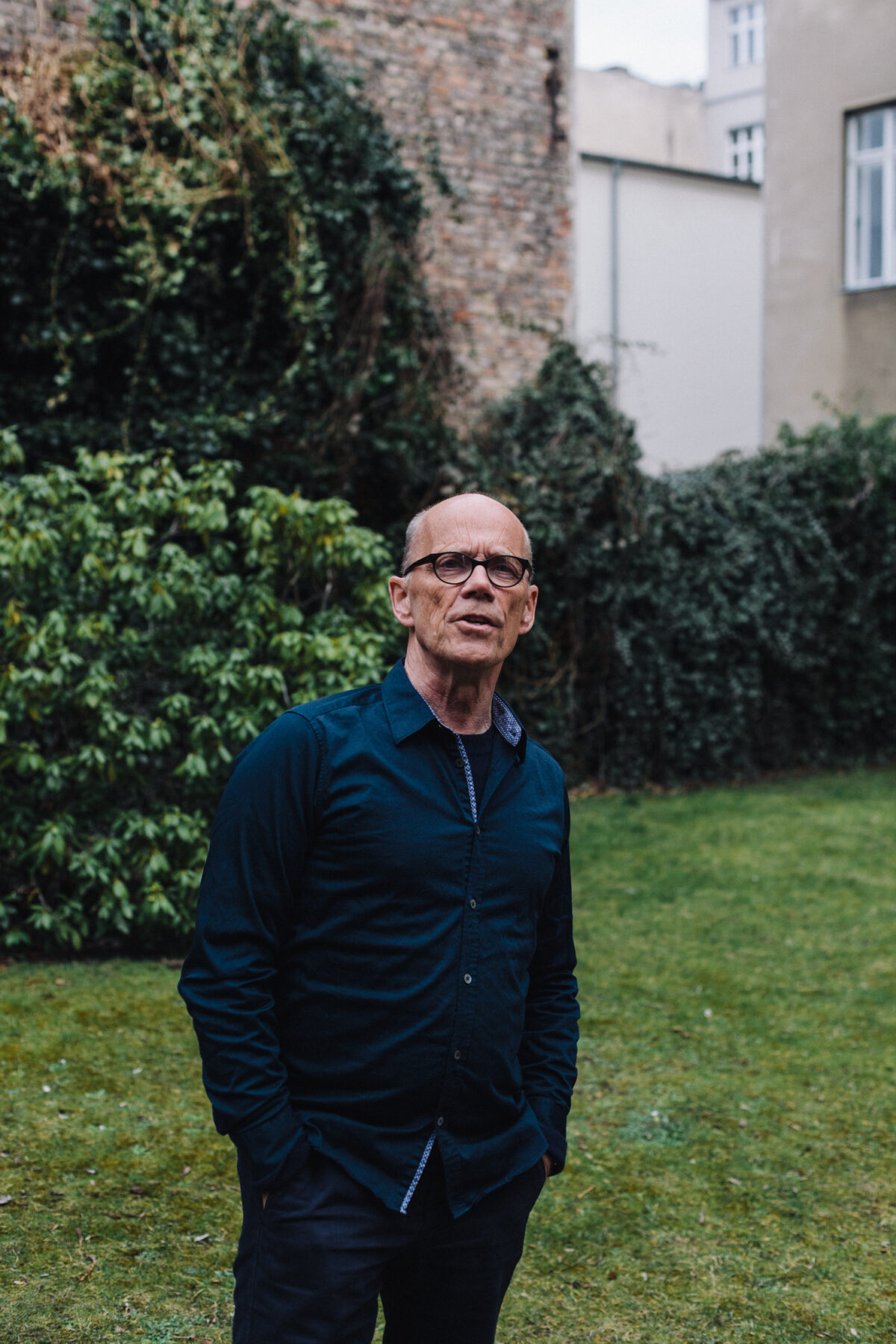
It’s been such an honor to speak with you, Erik. Thank you for spending the day with us!
For those who are similarly fascinated by design, words, typography, as well as the occasional bit of bicycle or camera knowledge, Erik delivers regular commentary and well-constructed discourse on his topics of interest via his blog – Spiekerblog.
This portrait is part of our series “Friends Of Cars” in collaboration with Spiegel Online. See the second part of the story on their website.
Read more interviews with interesting individuals in Berlin.
Photography: Robbie Lawrence
Interview & Text: Abby Mae Carney
